Ingredient base
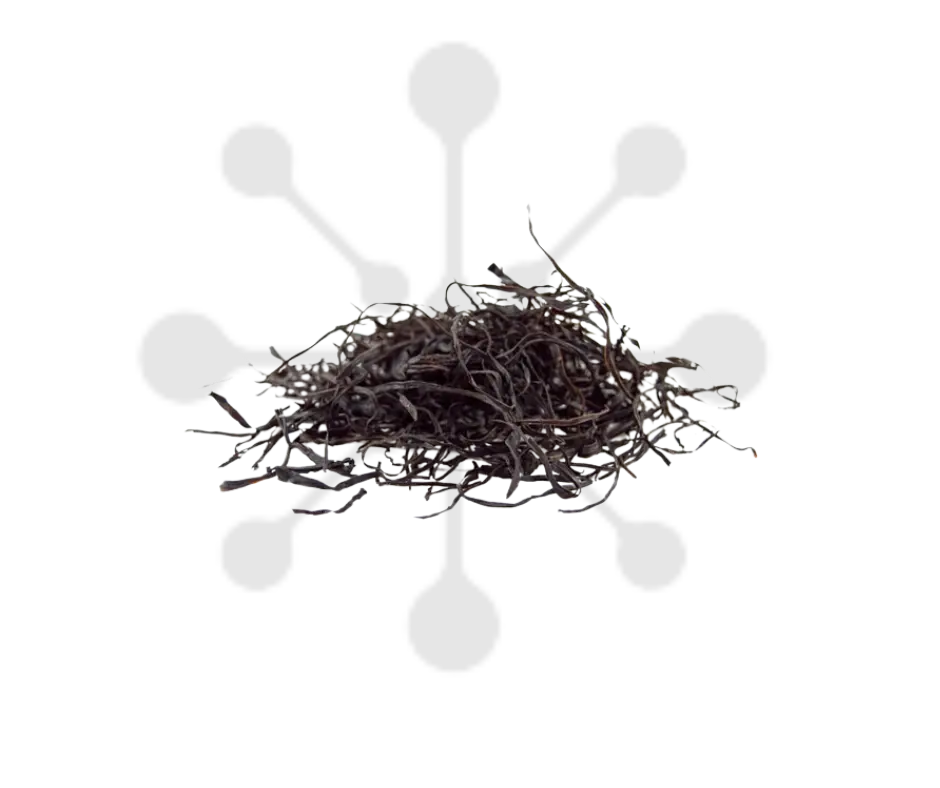
arame
Arame (Eisenia bicyclis), otherwise known as sea oak, is a species of seaweed with wide use in Japanese cuisine. They were originally consumed only in the Far East.
Arames have gained popularity around the world for their high amount of easily digestible protein, vitamins and minerals (they are rich in phosphorus, iodine, calcium, iron or magnesium, among others).
These seaweeds have alkalizing properties. They also have anticoagulant effects, lower blood cholesterol levels and stimulate immunity.
- All products from arame

arame in alkaline biotic
Arame seaweeds contain a large amount of easily digestible protein, minerals and vitamins. They have a deacidifying effect and cleanse the body of toxins.
- All products from arame

arginine
Arginine is an amino acid that has a high nitrogen content, which is crucial for the production of nitric oxide. This chemical plays an important role in regulating the function of blood vessels and the brain. By dilating blood vessels, nitric oxide increases blood flow, which contributes to better brain function and supports organic detoxification processes.
- All products from arginine

arginine in steel durance
Arginine a key amino acid for athletes that supports nitric oxide synthesis, which dilates blood vessels and improves oxygen flow to muscles. Supplementation can reduce harmful substances after exercise and increase aerobic capacity. Studies using arginine supplementation show improved athletic performance.
- All products from arginine
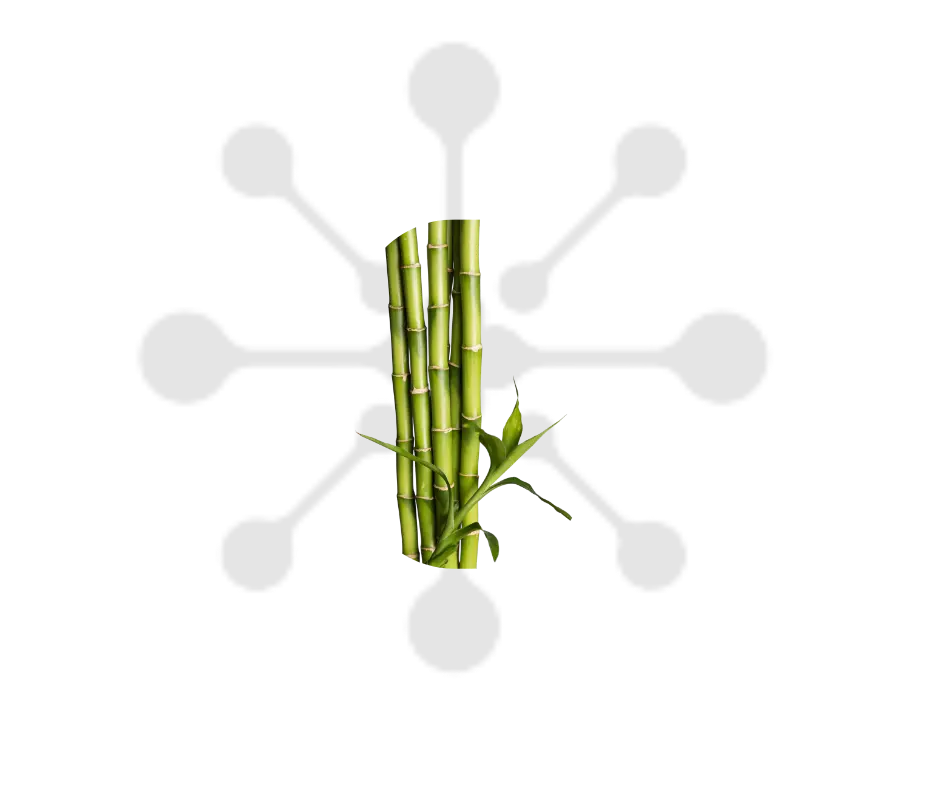
bamboo
Bamboo extract is a natural raw material extracted from various species of bamboo. It is valued for its health properties, mainly due to its high content of organic silica, which binds heavy metals (lead, cadmium and mercury), strengthens the immune system, improves the condition of the skin, hair and nails, and helps regenerate bones and joints.
- All products from bamboo

bamboo in metal detox biotic
Valued mainly for its high content of organic silica, which binds heavy metals (lead, cadmium and mercury), strengthens the immune system, improves the condition of the skin, hair and nails, and aids bone and joint regeneration.
- All products from bamboo
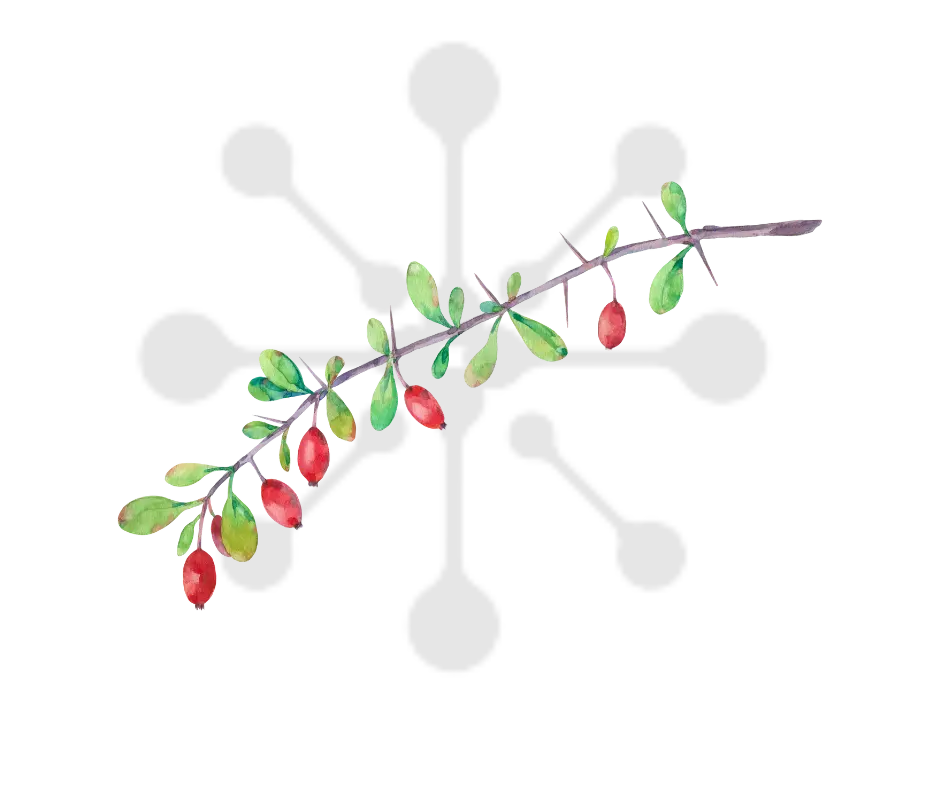
barberry of India
Indian barberry (Berberis aristata) is a genus of shrubs in the barberry family found in Europe, Asia, America and Africa.
It contains several significant phytochemical compounds, including berberine, isoquinoline, bisbenzylisoquinoline, and other bioactive components such as flavonoids, phenolic acids, carotenoids and vitamins.
Barberry root extract improves carbohydrate and lipid metabolism, increases insulin sensitivity, has anti-inflammatory, antibacterial and antioxidant effects, and supports the digestive system.
.
- All products from barberry of India

Indian barberry in diabetic-care biotic
In studies, barberry extract has shown antidiabetic activity. Its significant antihyperglycemic and antioxidant potential was confirmed, maintaining glucose homeostasis by limiting glucose formation and reducing oxidative stress.
According to the study, berberine works by mimicking insulin, improving insulin action, reducing insulin resistance and affecting incretins (gut hormones that increase postprandial insulin secretion) by promoting the secretion of GLP-1 (a so-called incretin hormone, secreted in the small intestine after a meal - its role is to inhibit hunger and enhance satiety) and modulating its release.
- All products from barberry of India
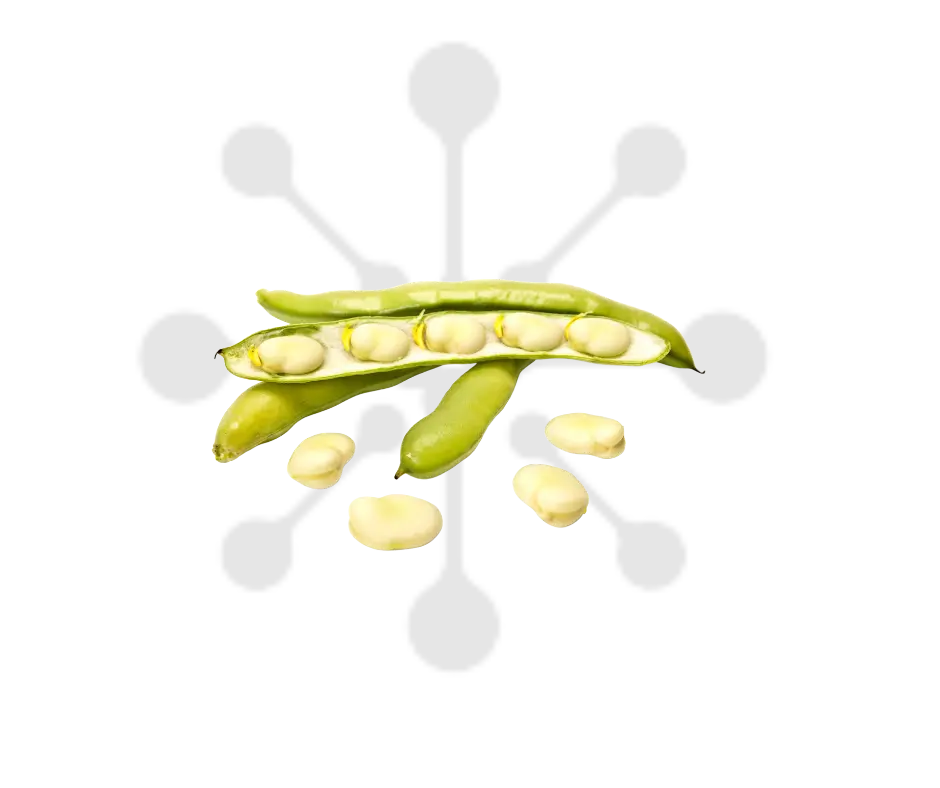
broad beans
Bean Seeds (Vicia faba), is a species of legume in the bean family, mainly native to areas of Europe and Asia.
The plant contains a number of amino acids, including levodopa (L-dopa), a compound that converts to dopamine, iron, phenolic compounds, antioxidants, tannins, glycosides, folic acid and vitamins.
Studies have shown that bean extract can have comparable positive effects on blood dopamine levels and motor function as the administration of a drug containing L-dopa, suggesting its potential use in the treatment of dopamine production disorders. In addition, a single dose of L-dopa prolongs the duration of slow-wave sleep by about 11% compared to placebo. Thus, bean extract can be used to support brain function, improve sleep quality, and may have an important function in the prevention of neurodegenerative diseases.
Moreover, bean extract stimulates the production of growth hormone (HGH). It is administered to children with insufficient growth, as well as to people who are deficient in muscle tissue (for example, as a result of malnutrition). Growth hormone improves protein synthesis in cells, which helps strengthen bones and tendons, increases strength and muscle mass, and ensures faster regeneration of damaged cells.
- All products from broad beans

bean in sleep-care biotic
Bean seeds have a significant effect on improving sleep quality. Studies have estimated that a single dose of the amino acid levodopa (L-dopa), a component of this plant, extends the total duration of slow-wave sleep by about 11%, compared to placebo. L-dopa is a compound that converts in our body into dopamine. This neurotransmitter plays a key role in regulating the sleep-wake cycle. A deficiency of dopamine in our body can lead to sleep disorders, chronic fatigue or mood swings.
- All products from broad beans
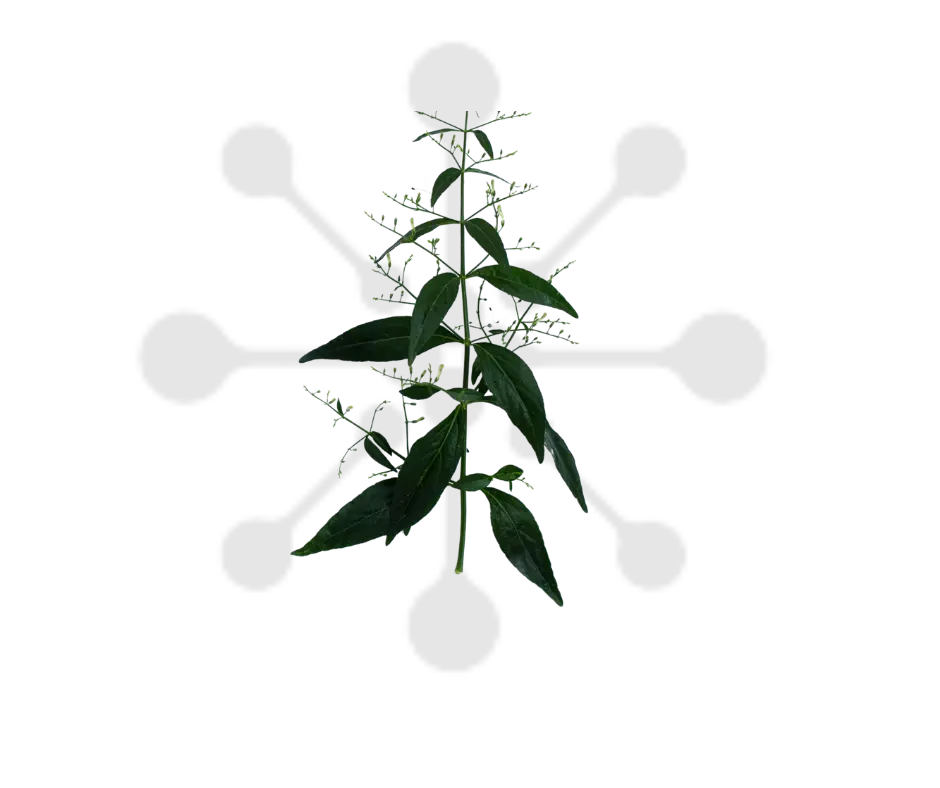
paddy
Pansy (Andrographis paniculata), also known as Asian creatine, is a plant native to areas of India and Sri Lanka. It is widely used in traditional medicine, especially in Asia, for its potential medicinal properties. Compounds such as andrographolide (which imparts a very bitter taste), sterols, flavonoids, saponins and tannins are responsible for the plant's effects. These are believed to have anti-inflammatory, antibacterial and antiviral effects, so chinchilla is used effectively in colds and respiratory infections. It is also attributed with immunostimulating effects, so it can help strengthen the immune system.
- All products from paddy

broccoli in immuno-care biotic
It alleviates the symptoms of the common cold and other respiratory infections, such as cough and sore throat. Brosuphin has anti-inflammatory properties, working by reducing the number of unfavorable cytokines in the body. In addition, the andrographolide in it increases the production of white blood cells.
Studies confirm that the number of immune cells, especially lymphocytes and T cells, increases in people who take chinchilla. Which means that their immune system responds faster to possible infections.
- All products from paddy
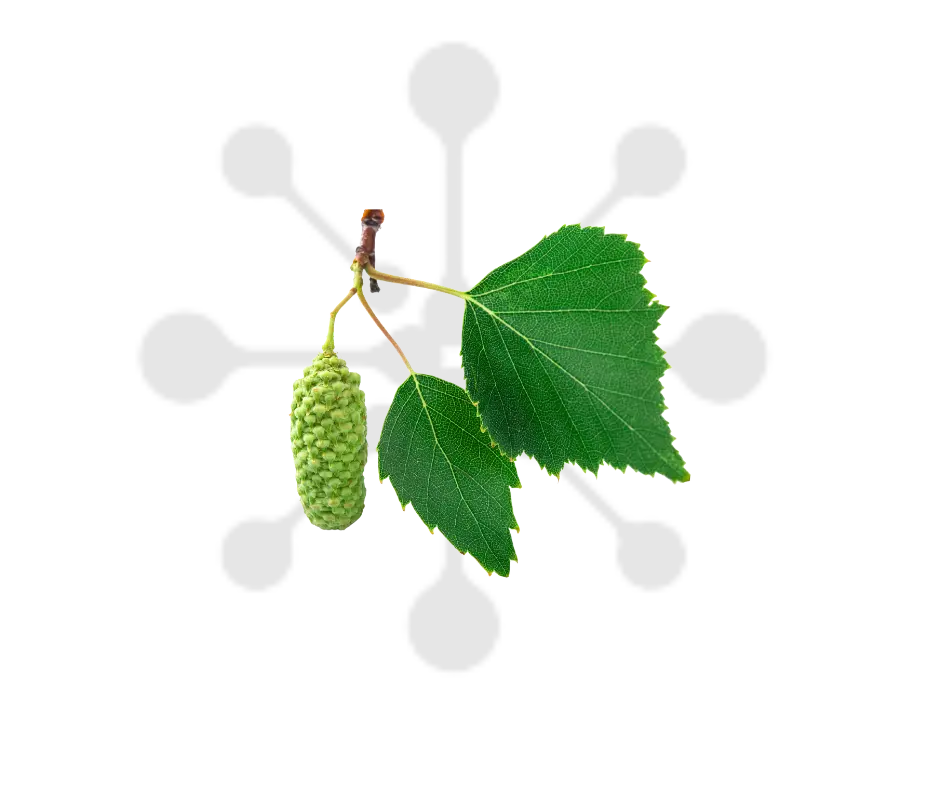
white birch
Papillary birch (Betula pendula), is a species of tree in the birch family, mainly native to areas of Europe and Asia. The leaves of this tree have been used in herbal medicine for years. Birch is rich in betulinic acid. It also contains substances such as flavonoids, tannins, betulinic acid and phenolic acids.
Phytochemical constituents isolated from birch exhibit a broad spectrum of pharmacological activities in vitro and in vivo, such as immunomodulatory, anti-inflammatory, antiviral and antioxidant activities.
Birch leaves harmonize the work of the urinary system, and also have diuretic and diuretic effects. In addition, they can relieve inflammation, improve metabolism and have a detoxifying effect on the circulatory system.
- All products from white birch

white birch in immuno-care biotic
Birch leaves have a regenerative, anti-inflammatory, antiviral and antibacterial effect, strengthening immunity and the body's restorative activities. With these properties, they support the body in the fight against disease and significantly increase immunity. They are used to relieve inflammation affecting the immune, digestive and respiratory systems.
- All products from white birch

white birch in nephro-care biotic
Birch leaves contain substances such as flavonoid glycosides, catechin tannins, resins, organic acids or saponins, which have a diuretic effect and stimulate kidney function. Their use promotes the flushing of deposits from the kidneys and urinary tract and the removal of unnecessary metabolic products.
Betulinic acid contained in birch leaves has anti-inflammatory effects, which is used to relieve inflammation of the urinary tract or bones, joint and rheumatic pain, and in gout.
- All products from white birch

white birch in plastic detox biotic
In the context of detoxification and chelation, white birch leaf extract may indirectly affect the elimination of toxins from the body by stimulating excretion processes, especially through its diuretic effect. In addition, the compounds in white birch may exhibit the ability to bind certain toxic substances, which may contribute to their removal from the body.
- All products from white birch
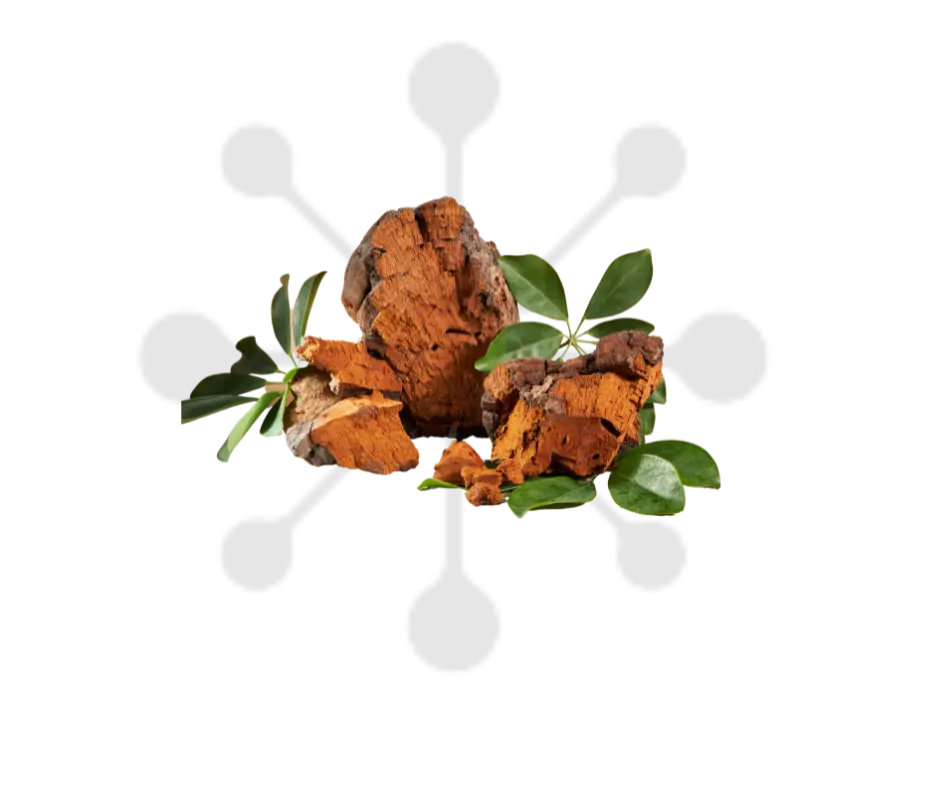
chaga
Subcortical glossophore (Inonotus obliquus), is a fungus known as Chaga or birch bump is native to northern areas of Europe, Asia and North America. Its use in natural medicine is versatile due to the extremely valuable health-promoting benefits it possesses. The abundance of active ingredients contained in chaga makes it highly valued in many cultures.
In the fruiting bodies of this mushroom we find compounds such as polysaccharides, triterpenes, vitamins, minerals, ergosterol, melanins and the unique enzyme superoxide dismutase. Chaga is a treasure trove of antioxidants, their quantity in this mushroom is enormous.
Polyphenol derivatives and polysaccharides are mainly responsible for its antioxidant, anti-inflammatory, anticancer, liver-protective and immunomodulating effects. In addition, this mushroom regulates lipid metabolism and protects against oxidative stress, which positively affects the health of the whole body. Chaga is commonly used to improve health, supporting the immune system, cleansing the body of toxins and reducing inflammation. In addition, its neuroprotective effects make it valued as a support for brain health, improving cognitive function and supporting concentration. Thanks to its stimulating properties, it is also often used to improve physical and mental performance.
- All products from chaga

chaga in d3+k2 chaga biotic
Chaga has the ability to support immune function. Due to its polysaccharide content, it can help regulate the production of cytokines. Cytokines are chemical messengers of the immune system that play an important role in stimulating white blood cells. They are the immune system's first line of defense. This can help fight infections, starting as early as a mild cold.
Chaga is also a powerful antioxidant, making it an excellent contender for fighting free radicals and inflammation.
- All products from chaga

chaga in focu-cha biotic
Chaga has shown beneficial effects on cognitive function. In studies, significant improvements in learning and memory were observed, and biochemical tests showed that chaga administration caused a decrease in the activity of acetylcholinesterase, an enzyme that breaks down the neurotransmitter acetylcholine. This metabolic pathway improves concentration and alertness. In addition, chaga exhibits anti-fatigue effects.
As a result, it has a two-way effect in terms of feeling energized - it stimulates and at the same time dismisses fatigue.
- All products from chaga

chaga in immuno-care biotic
Chaga has the ability to support immune function. Due to its polysaccharide content, it can help regulate the production of cytokines. Cytokines are chemical messengers of the immune system that play an important role in stimulating white blood cells. They are the immune system's first line of defense. This can help fight infections, starting as early as a mild cold.
Chaga is also a powerful antioxidant, making it an excellent contender for fighting free radicals and inflammation.
- All products from chaga

chaga in metal detox biotic
Chaga is a natural resource rich in chelating compounds. It acts as an antioxidant and strengthens the immune system, protecting the body from the harmful effects of heavy metals. In addition, Chaga aids detoxification of the body, improves skin health, supports liver and digestive system function, and can help lower blood sugar levels and support cardiovascular health.
- All products from chaga

chaga in plastic detox biotic
Chaga extract may indirectly affect the elimination of toxins from the body by stimulating the immune system and improving liver function. In addition, the active ingredients in Chaga may exhibit the ability to neutralize free radicals and damaged cells, which contributes to cleansing the body of harmful substances.
- All products from chaga
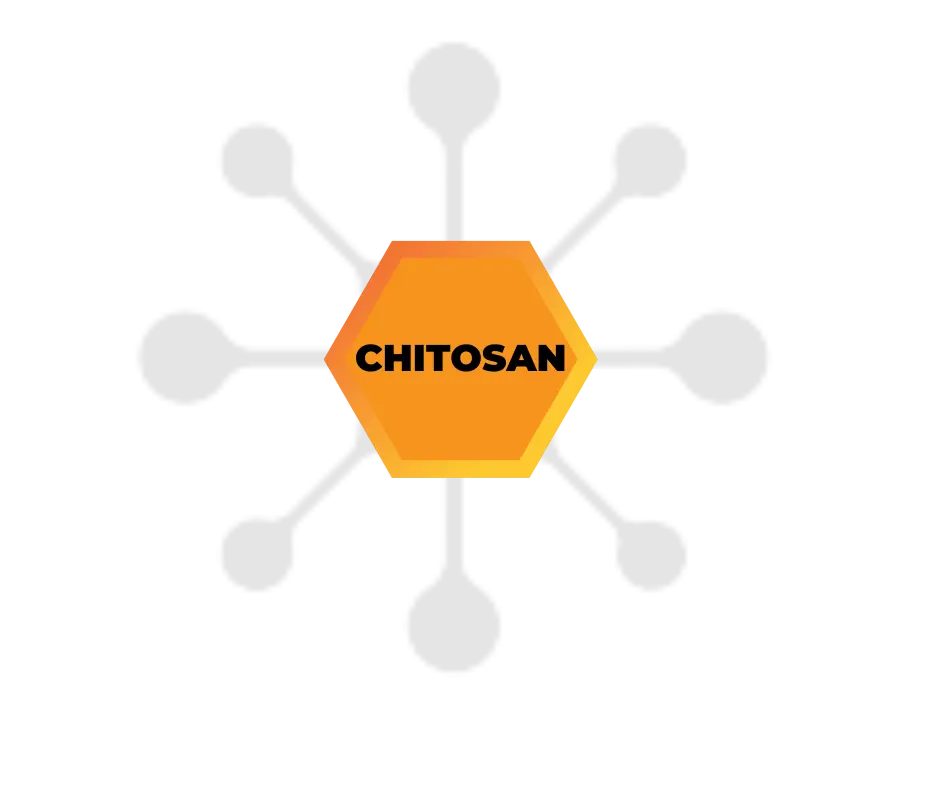
chitosan
Chitosan is a polymeric organic compound derived from chitin, a substance found in the shells of crustaceans such as shrimp and crabs. It is used in dietary supplements and pharmaceutical products for its health properties.
- All products from Chitosan

chitosan in plastic detox biotic
Chitosan can indirectly affect the elimination of toxins from the body through its adsorption properties. Chitosan has the ability to bind to various substances, including toxins and heavy metals, which can help remove them from the body through digestive and excretory processes.
- All products from Chitosan
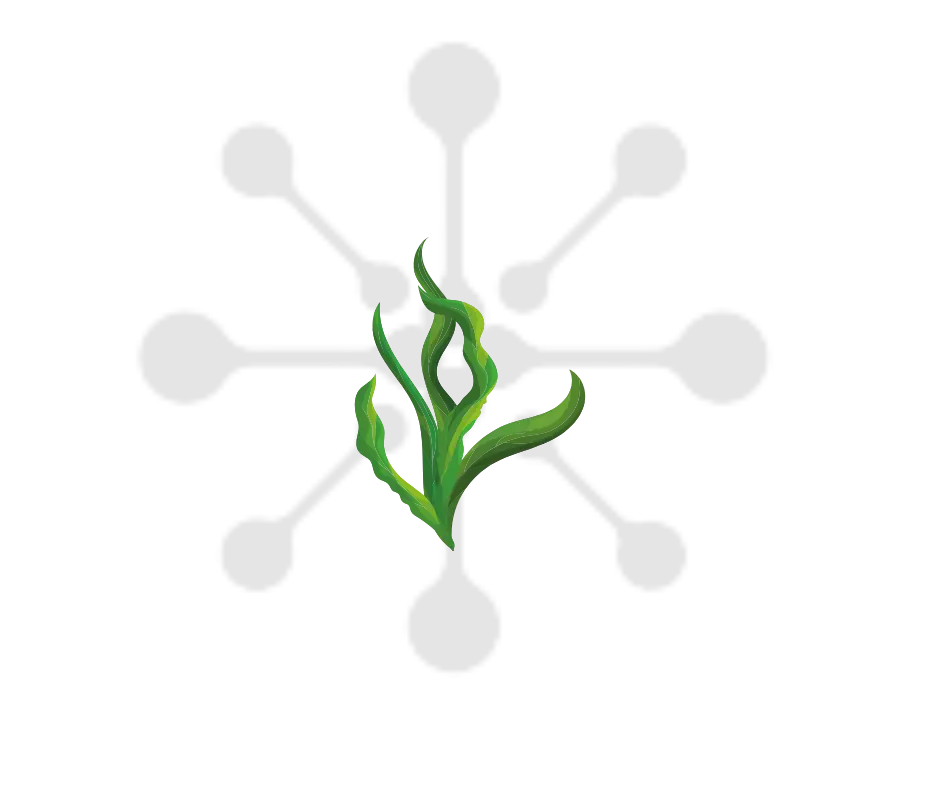
chlorella
Chlorella is a single-celled alga high in chlorophyll, vitamins, minerals and other nutrients. It is widely used as a dietary supplement for its potential health benefits such as detoxification, improving the immune system, supporting digestive processes, improving skin condition, supporting liver function, improving energy levels, and supporting heart health.
- All products from chlorella

chlorella in metal detox biotic
An alga rich in chlorophyll, vitamins, minerals and antioxidants. It has a chelating effect which means it has a metal-binding action. It strengthens the immune system and protects cells from damage. In addition, chlorella helps detoxify the body, improves digestion, supports liver health and can help lower cholesterol and blood sugar levels.
- All products from chlorella
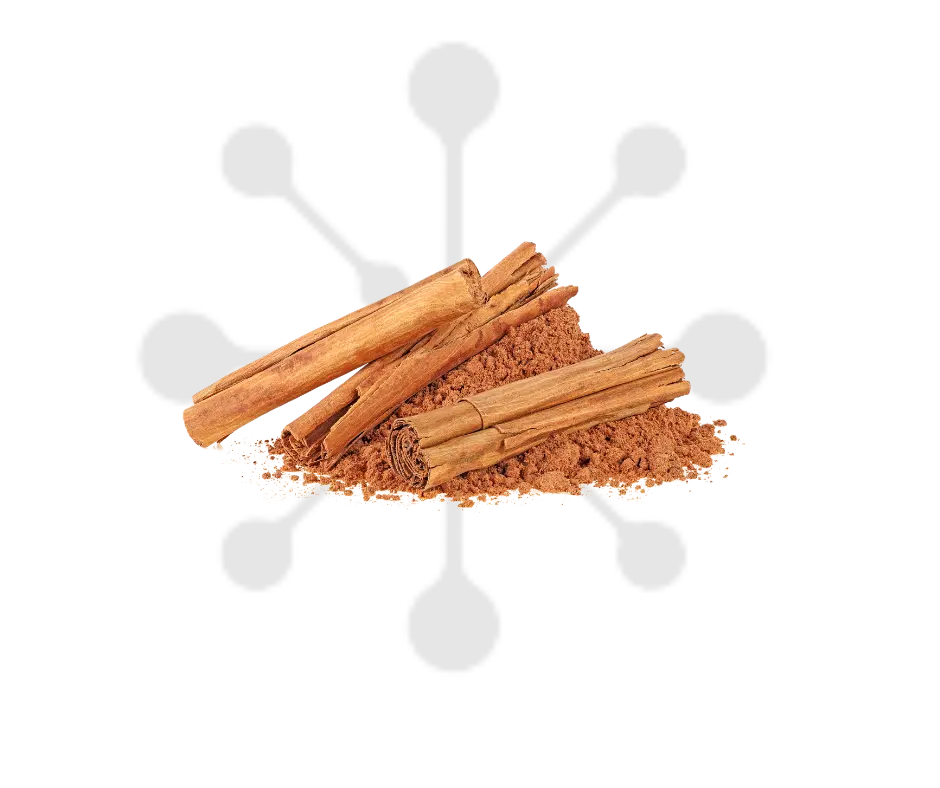
Ceylon cinnamon
Cinnamon (Cinnamomum verum), is a spice derived from the inner bark of the cinnamon tree.
The raw material is mainly native to Sri Lanka, India, Indonesia, Brazil and Vietnam. Cinnamon is widely used around the world in both cooking and traditional medicine for its distinctive flavor and potential health benefits. The main active ingredients in cinnamon are primarily phenolic compounds, such as cinnamic acid, coumaric acid, and cinnamaldehyde. In addition, it contains epicatechins, which, together with cinnamaldehyde, can prevent the development of neurodegenerative diseases and act as an aid in their treatment.
Cinnamon has anti-inflammatory, antiviral, antibacterial, antifungal and antioxidant properties. It can also help regulate blood sugar levels by improving insulin sensitivity. In addition, cinnamon has beneficial effects on the cardiovascular system by lowering cholesterol and blood pressure. It also speeds up the metabolism and warms up the body.
- All products from Ceylon cinnamon

Ceylon cinnamon in flexi-care biotic
Studies have shown that the bioactive compounds in cinnamon (mainly with antioxidant activity) inhibit the expression of genes that cause inflammation, including in joints, muscles and bones, thereby relieving pain in these areas.
- All products from Ceylon cinnamon

zinc
Zinc plays a key role in the functioning of the immune system. It is involved in the production and activation of various immune cells. Zinc helps maintain normal acid-base balance. Helps maintain normal cognitive functions like memory, concentration. Acts as an important antioxidant that neutralizes free radicals and protects cells from oxidative stress.
- All products from zinc


zinc in metal detox biotic
Zinc plays a key role in the functioning of the body, supporting detoxification processes. It participates in chelation, that is, the binding and removal of heavy metals from the body, such as lead, mercury and cadmium. It helps eliminate toxins and supports the body's natural cleansing mechanisms.
- All products from zinc

zinc in post-dial biotic
Zinc helps maintain normal cognitive functions, acid-base balance and the immune system.
- All products from zinc
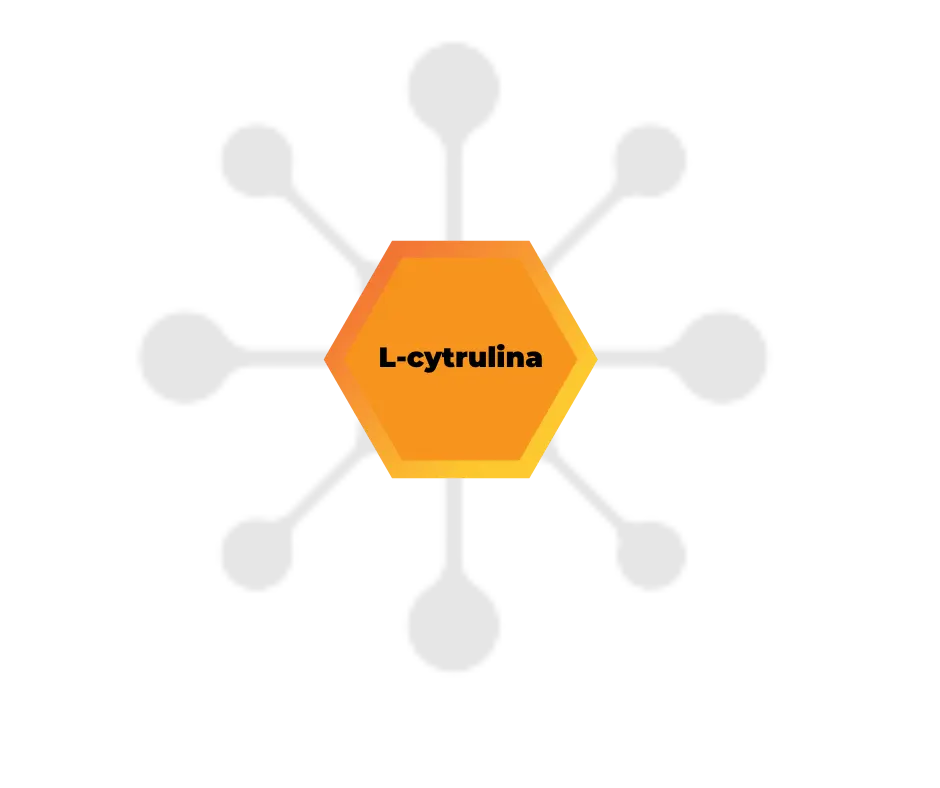
citrulline
It is a chemical compound that the body can produce on its own (but sometimes in insufficient quantities). It plays a key role in the process of removing excess ammonia in our body. In addition, it participates in the production of other amino acids, such as arginine and ornithine. One of its important functions is to increase blood flow in our circulatory system, leading to optimization of blood pressure in the body. This feature can bring health benefits, such as regulating hypertension and improving muscle performance during exercise.
- All products from citrulline

citrulline in steel durance
Citrulline, the second nitric oxide (NO) donor after L-arginine, can be an effective precursor in arginine synthesis, supporting and complementing NO production. Studies have shown that supplementation with citrulline increases arginine and NO levels, which improves aerobic and anaerobic performance. Citrulline is better absorbed than arginine, making the combination of these two amino acids an effective way to completely increase nitric oxide levels in the body.
- All products from citrulline
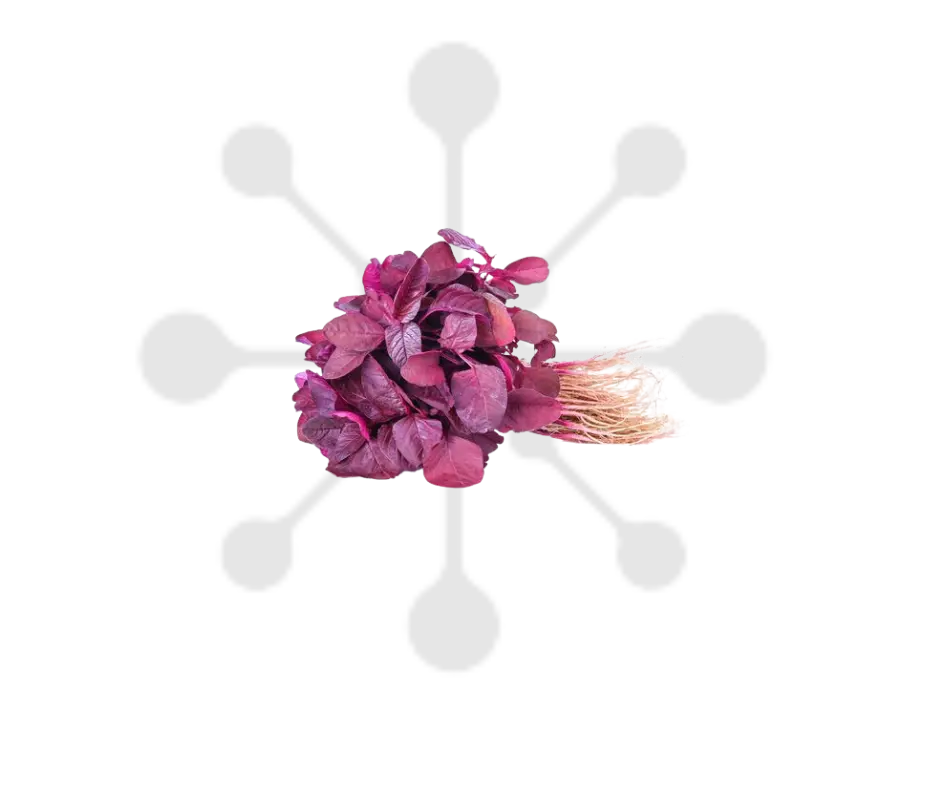
red spinach
Red spinach Amaranthus tricolor L. is a variety of traditional spinach that grows in tropical regions of Asia. It is characterized by its intensely red leaves, which contain significant amounts of nitrates.
- All products from red spinach

red spinach in steel durance
Red spinach Amaranthus tricolor L. is a variety of traditional spinach that grows in tropical regions of Asia. It is characterized by its intensely red leaves, which contain significant amounts of nitrates. Studies show that dietary nitrates increase the production of nitric oxide (NO) in muscles, which triggers a cascade of reactions that lead to increased training performance.
In particular, they have anti-fatigue significance, and affect speed and muscular endurance.
- All products from red spinach

phosphorus
Phosphorus helps maintain the structure and strength of bones and teeth. It enters into the composition of ATP molecules by which, it is a key component in the process of energy production in the body. It plays an important role in maintaining the body's acid-alkaline balance by participating in acid and base buffering processes.
- All products from phosphorus

phosphorus in alkaline biotic
It plays an important role in maintaining the body's acid-base balance and energy production in the body.
- All products from phosphorus

isomaltulose
Isomaltulose is a type of sugar derived from sucrose, which has a low glycemic index and a gradual release of glucose into the bloodstream. It provides energy in an even and long-lasting manner, which can contribute to maintaining stamina and preventing feelings of hunger for a longer period of time.
- All products from isomaltulose

isomaltulose in post-dial biotic
Thanks to its low glycemic index, the gradually released glucose delivers energy evenly and over a long period of time, which can help maintain energy endurance for a longer period of time.
- All products from isomaltulose
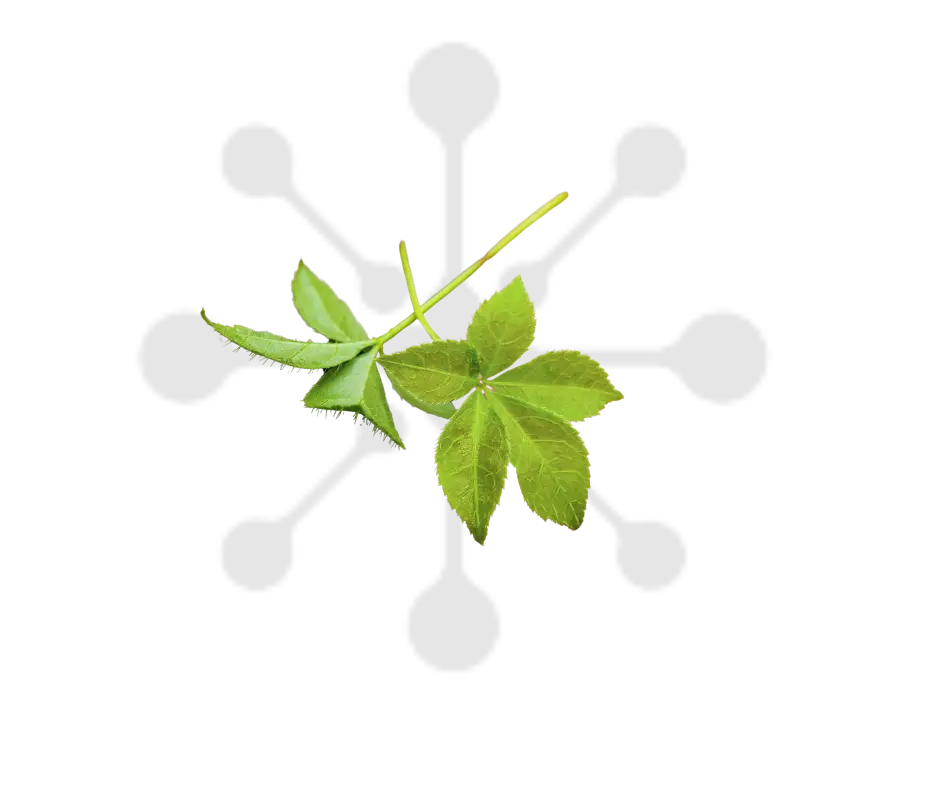
jiaogulan
Jiaogulan (Gynostemma pentaphyllum) known as the "herb of longevity" is a plant from areas of Asia, especially China, where it has been used in traditional medicine for centuries.
Jiaogulan is rich in gypenosides, polysaccharides, plant sterols, flavonoids, carotenoids, amino acids and minerals.
It is known for its potential health and adaptogenic properties. It exhibits antioxidant activity, can help regulate blood cholesterol levels and improves the body's response to insulin. It is also valued for its beneficial effects on the liver, circulatory and nervous systems. The plant is a great support for natural immunity, especially in respiratory infections, as it stimulates the work of lymphocytes that fight pathogenic microorganisms.
- All products from jiaogulan

jiaogulan in diabetic-care biotic
The gypenosides in the plant exhibit antidiabetic effects and support the treatment and prevention of diabetes. Jiaogulan also supports normal insulin metabolism.
Studies confirm that Gynostemma extract may be important in the treatment of type 2 diabetes.
- All products from jiaogulan
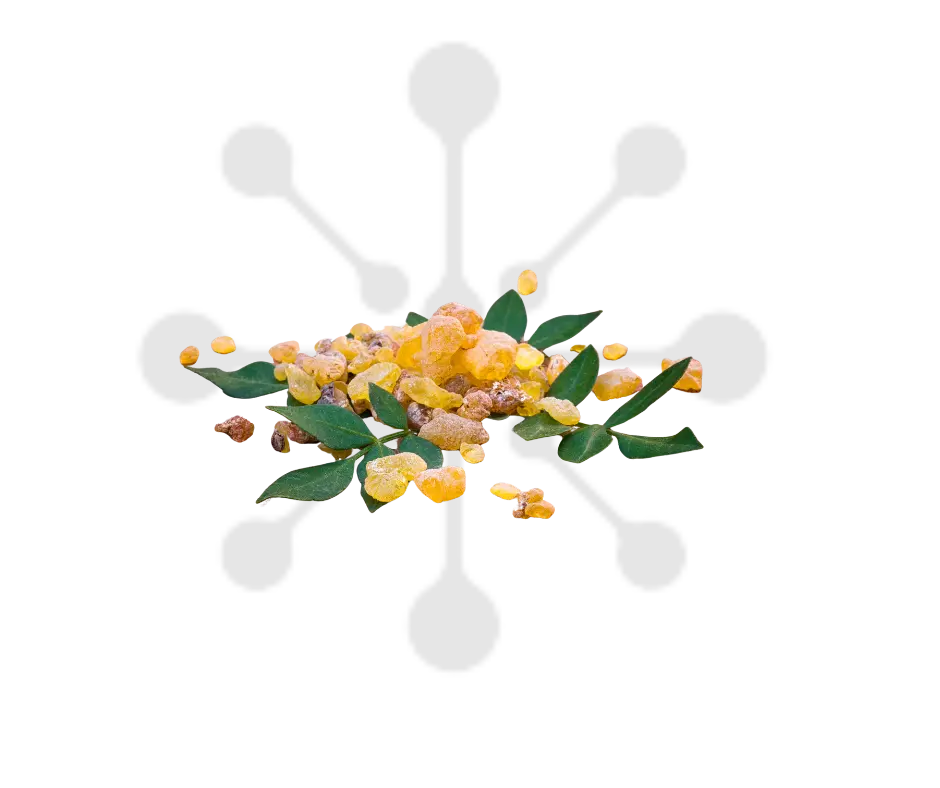
Indian frankincense
Indian frankincense (Boswellia serrata), is a species of tree in the bush family, mainly native to areas of India and Africa. The oil and resin extracted from frankincense are used for their potential health benefits, such as anti-inflammatory, analgesic, anti-bacterial, anti-cancer, sedative and immune system stimulating properties.
Frankincense contains active substances such as monoterpenes, diterpenes, triterpenes, tetracyclic acids, triterpene acids, pentacyclic triterpene acids and boswellic acids. However, the main active ingredient of frankincense is boswellic acid, which exhibits strong anti-inflammatory and antibacterial activity.
The health-promoting properties of Indian frankincense include relieving inflammation of various origins (such as joints, intestines and bones), fighting bacteria and improving joint health in general. Due to incenzol acetate contained in frankincense, it can also relieve anxiety and depression.
- All products from Indian frankincense

Indian frankincense in flexi-care biotic
Frankincense is rich in boswellic acids, which exhibit anti-inflammatory and analgesic effects. It can be useful in supporting the treatment of conditions such as osteoarthritis and rheumatoid arthritis.
Indian frankincense extract has also been shown to improve joint fitness. It positively increases the range of motion of affected joints and reduces the swelling that occurs. It also protects cartilage tissue, the degradation of which is the cause of many musculoskeletal-related conditions.
- All products from Indian frankincense
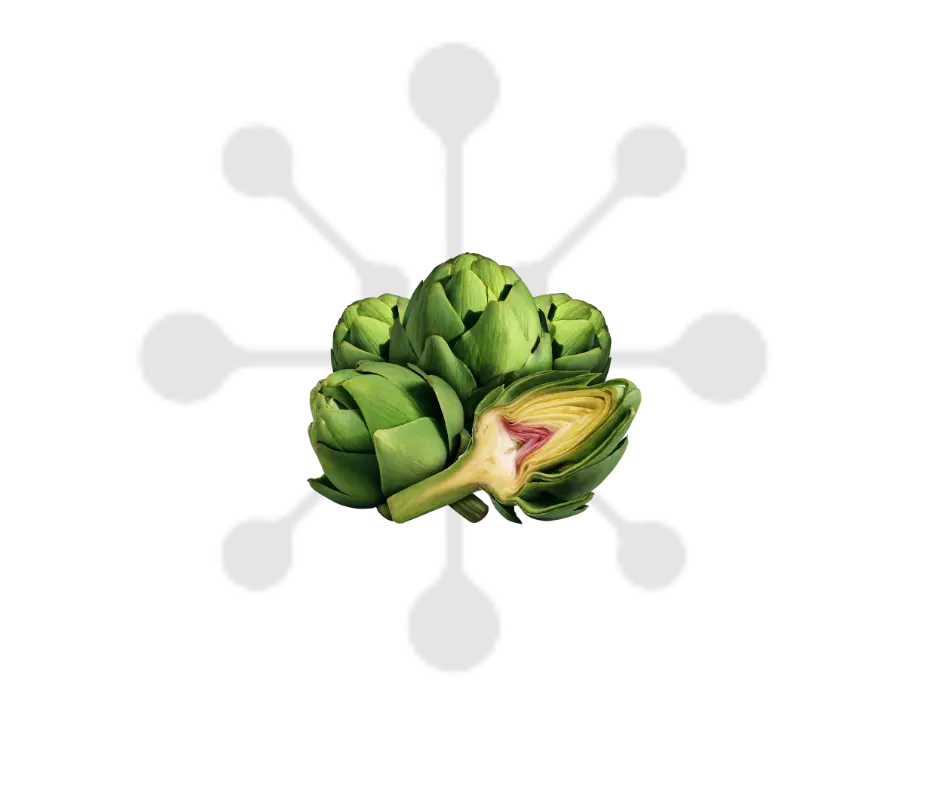
artichoke
Artichoke is a vegetable in the asteraceae family. Artichoke extract is extracted from the leaves of this plant and contains many valuable components that include: antioxidant, cleansing, anti-inflammatory, cholagogue, digestive aid, cholesterol lowering, liver cleansing, blood sugar regulating and may aid weight loss.
- All products from artichoke

Artichoke in PLASTIC DETOX
It contains numerous active substances, including cynarin, flavonoids, phenolic acids, as well as vitamins and minerals. In the context of detoxification and chelation, artichoke leaf extract may indirectly affect the elimination of toxins from the body by stimulating the production of bile, which is essential for removing harmful substances from the body. In addition, the effect of artichoke on the liver may support its detoxification and cleansing function.
- All products from artichoke
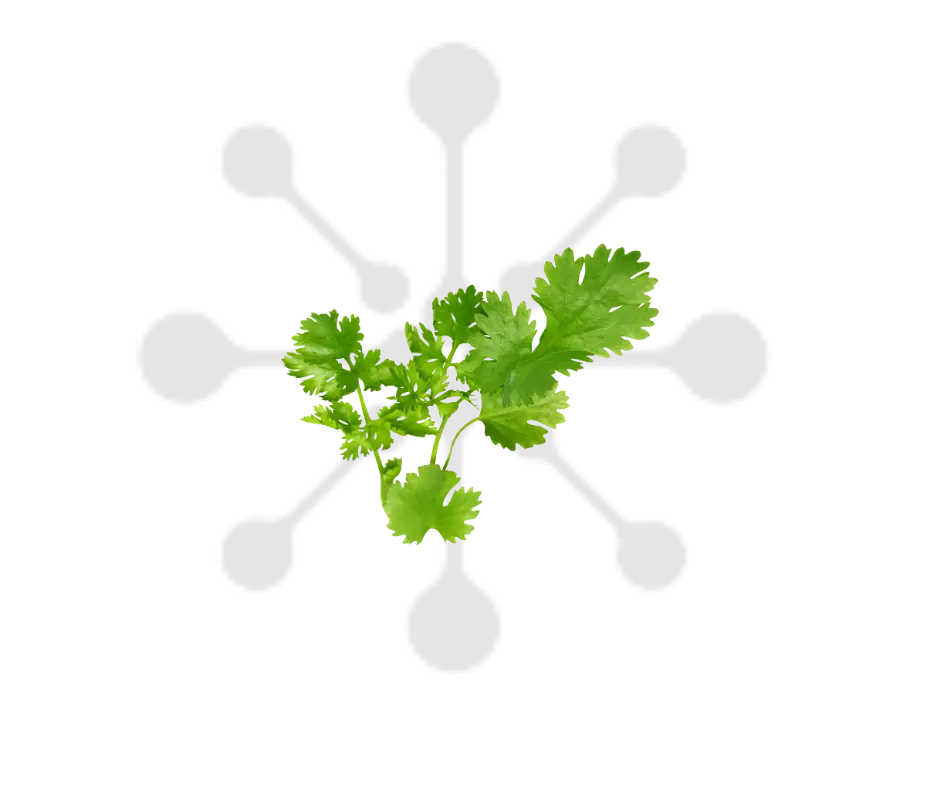
coriander
Coriander extract is extracted from the leaves and seeds of this aromatic plant from the celery family. It is rich in nutrients such as vitamins (A, C, K), minerals (potassium, iron, calcium) and phytochemicals. In addition, coriander extract aids digestion, has antibacterial and anti-inflammatory properties.
- All products from coriander

coriander in metal detox biotic
It contains chelating compounds that bind heavy metals (lead, cadmium, mercury, arsenic), acts as an antioxidant and strengthens the immune system. In addition, coriander extract aids digestion, has antibacterial and anti-inflammatory properties,
- All products from coriander
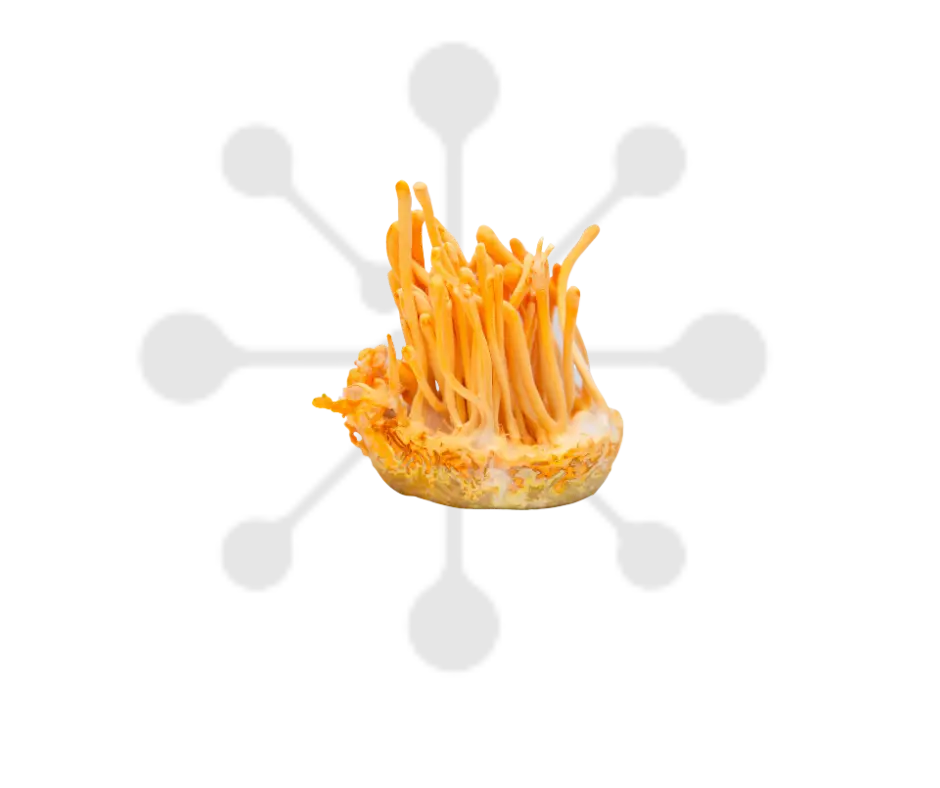
cordyceps
Cordyceps (Cordyceps sinensis), is a genus of parasitic or saprotrophic fungi.
It is mainly native to the mountainous areas of Asia, especially the Himalayan regions, Tibet and China.
Cordyceps is widely used in traditional Asian medicine for its potential health-promoting properties. It is often classified as an adaptogen, meaning that it can help the body adapt to stress and balance physiological functions.
The main active ingredients of cordycep include bioactive substances such as nucleosides (cordycepine, adenosine), polysaccharides, peptides, sterols, and vitamins and minerals.
Cordyceps can improve physical performance by increasing the body's ability to utilize oxygen and improving metabolism. In addition, it affects the activation of immune system cells, supporting the body's natural defense mechanisms. It also has a protective effect on the kidneys and liver and shows anticancer potential.
- All products from cordyceps

cordyceps in focu-cha biotic
It increases the production of ATP molecules, which are essential for supplying energy to working muscles and the brain, thus supporting cognitive functions.
- All products from cordyceps

cordyceps in immuno-care biotic
Cordyceps exhibits anti-inflammatory, immunomodulatory, antioxidant and anticancer effects. It improves immunity by activating macrophages and pro-inflammatory factors. It can support the treatment of lung and bronchial infections through its action of inhibiting mucus secretion. Moreover, the active ingredients in cordyceps prevent tissue damage during infections.
- All products from cordyceps

cordyceps in nephro-care biotic
Cordyceps may have a tonic effect on kidney function. In studies, the mushroom has shown promise in reducing creatinine levels, increasing creatinine clearance, decreasing proteinuria and alleviating complications associated with chronic kidney disease, such as reduced hemoglobin and serum albumin levels.
In addition, it protects the kidneys from the toxic effects of drugs.
- All products from cordyceps
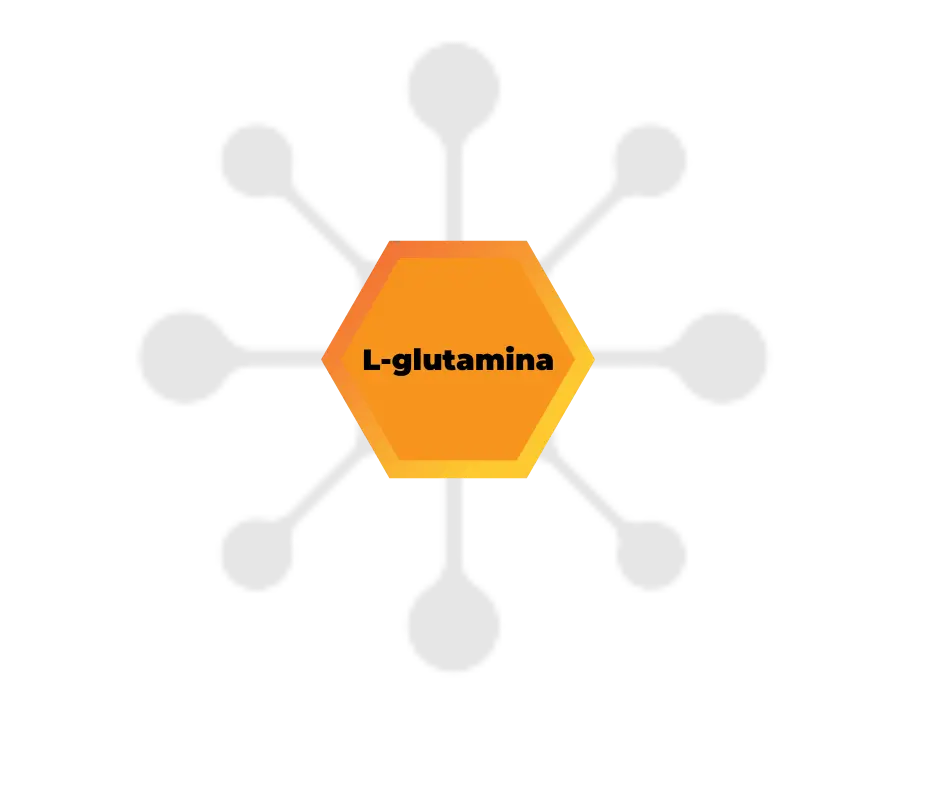
l-glutamine
L-glutamine plays a key role in maintaining the proper functioning of the immune system. It plays an important role in muscle protein synthesis and in reducing muscle catabolism. It is the main source of energy for intestinal epithelial cells, so it plays an important role in maintaining intestinal integrity and its protective functions.
- All products from l-glutamine

l-glutamine in post-dial biotic
Helps maintain proper functioning of the immune system and reduce muscle catabolism.
- All products from l-glutamine

magnesium
Magnesium is one of the micronutrients and one of the most important minerals found in living organisms. It is important for bone health, is involved in the regulation of muscle contractions, plays a role in nerve transmission and contributes to the maintenance of normal electrolyte balance.
- All products from magnesium

magnesium in alkaline
Magnesium contributes to the maintenance of normal electrolyte balance. It is an alkaline-forming element.
- All products from magnesium

magnesium in post-dial biotic
Magnesium helps maintain healthy bones and teeth. It contributes to maintaining normal electrolyte balance and reducing feelings of fatigue and tiredness, which is especially important in states of severe mental and physical exhaustion of the body associated with loss of minerals and fluids.
- All products from magnesium

magnesium in sleep-care biotic
Magnesium plays a key role in regulating brain, nervous system and muscle function, which can affect sleep.
- All products from magnesium
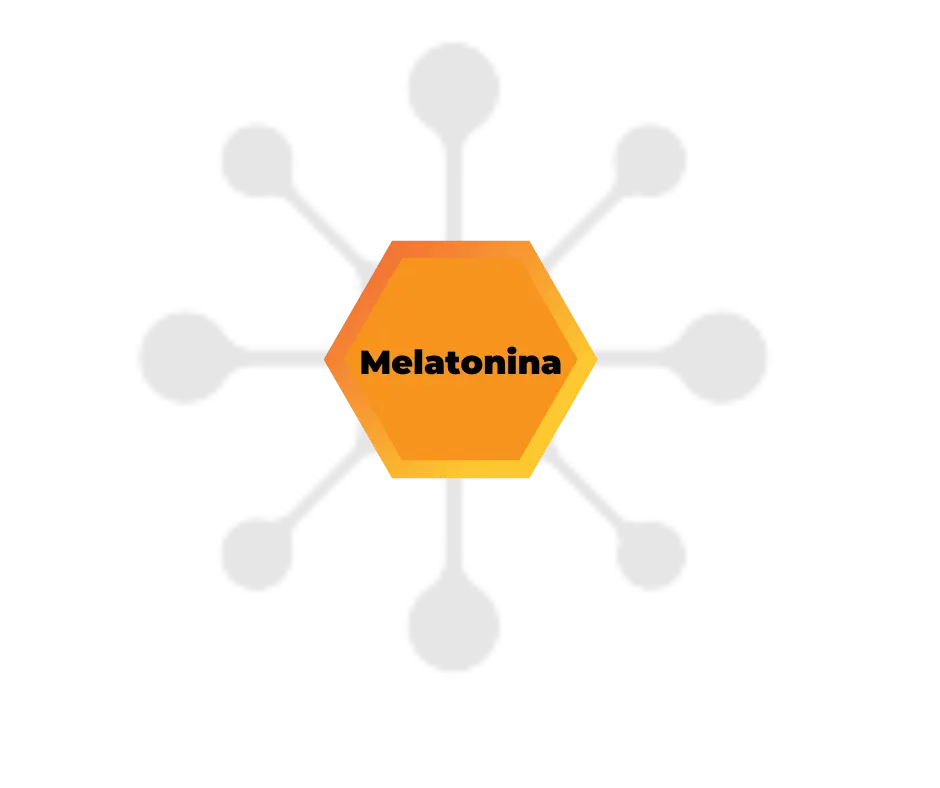
melatonin
Melatonin has a key function in regulating the sleep-wake cycle, helping to reduce the time it takes to fall asleep. It also acts as an antioxidant, protecting cells from oxidative stress. It may be important for the body's overall hormonal balance.
- All products from melatonin

melatonin in sleep-care biotic
Melatonin helps reduce the time it takes to fall asleep.
- All products from melatonin

Methylsulfonylmethane (msm)
Methylsulfonylmethane (MSM) is an organic sulfur compound. Studies suggest it may help relieve joint pain, reduce inflammation and improve joint mobility. It exhibits anti-inflammatory effects.
- All products from Methylsulfonylmethane (msm)

Methylsulfonylmethane (msm) in flexi-care biotic
It helps relieve joint pain, reduce inflammation and improve joint mobility.
- All products from Methylsulfonylmethane (msm)
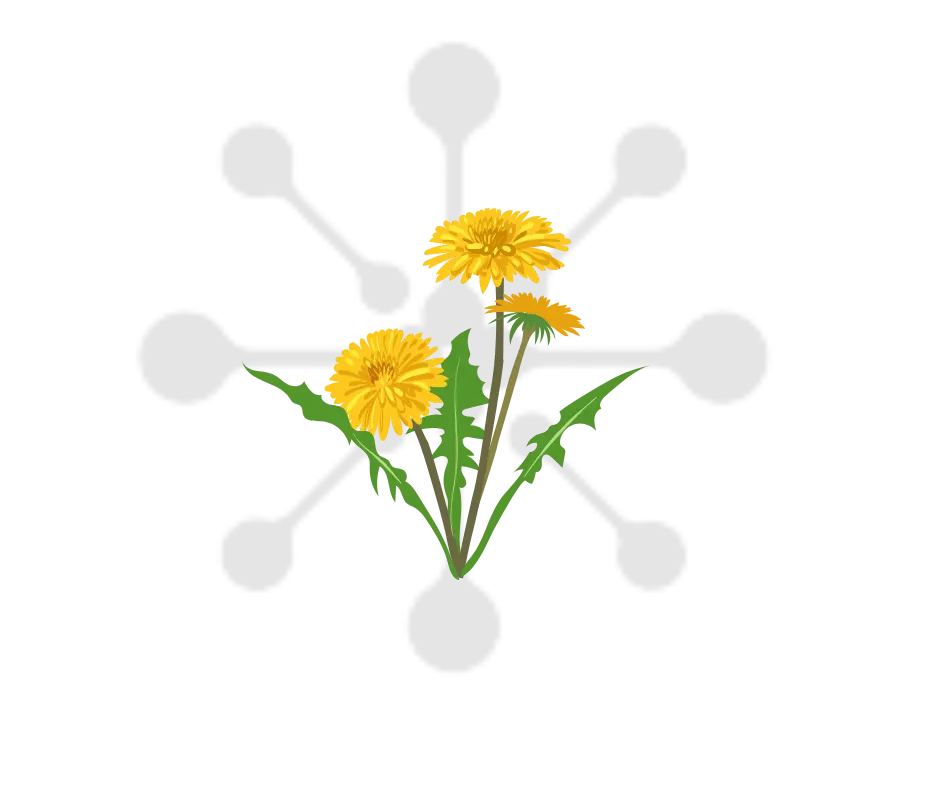
dandelion
Dandelion, also known as dandelion or common dandelion, is a plant in the asteraceae family valued for its medicinal properties. Among other things, it has anti-inflammatory, antioxidant, diuretic, cholagogue, antibacterial, antifungal, antiviral, anti-cancer, anti-sensitization, anti-hypertensive effects, and can aid digestive processes.
- All products from Dandelion

dandelion in plastic detox biotic
It contains a wealth of active substances including flavonoids, saponins, phenolic acids, as well as vitamins and minerals. It is known for its antibacterial, anti-inflammatory and antiviral properties. It can indirectly affect the elimination of toxins from the body by supporting the liver, which is the main organ responsible for detoxification. In addition, the compounds in dandelion extract may exhibit the ability to bind to certain toxic substances, which may contribute to their removal from the body.
- All products from Dandelion
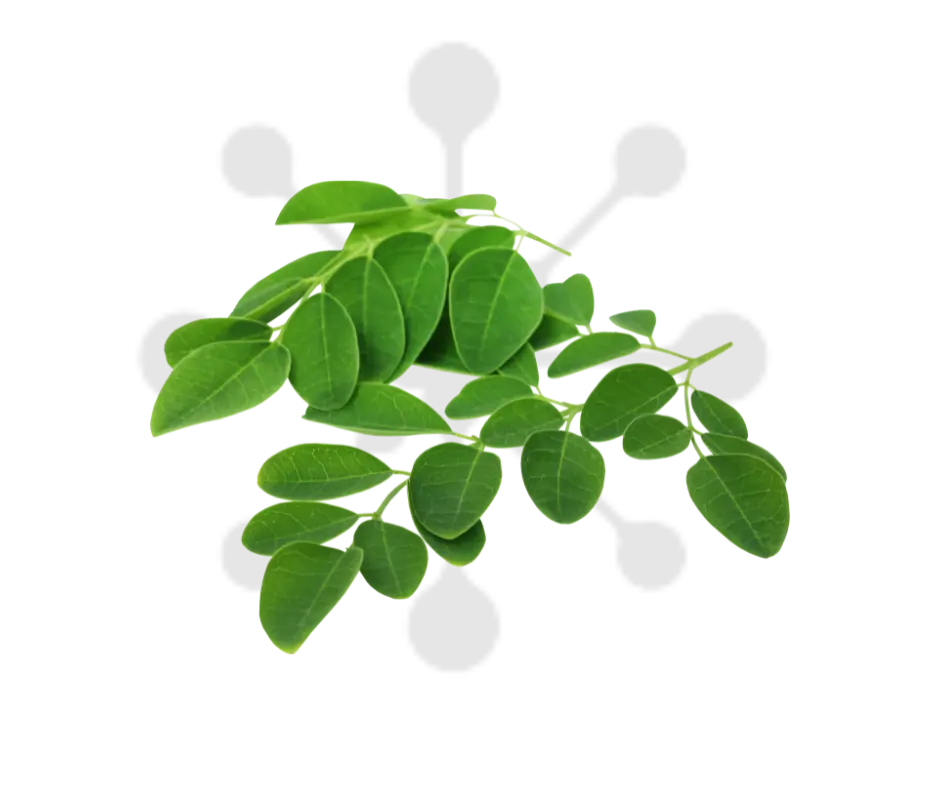
moringa oleifera
Moringa Olejodajna (Moringa oleifera), also known as the "miracle tree," is a plant native to India. It is now found throughout Asia and in Africa and South America. The leaves, fruits, flowers and roots of moringa are used in various regions of the world for both food and medicinal purposes. Moringa's active ingredients include vitamins, minerals, amino acids, polyphenols and phytosterols. Moringa has anti-inflammatory and antibacterial effects. It has many health-promoting properties, such as supporting immune system function, regulating cholesterol and blood sugar levels, lowering blood pressure, supporting the digestive system, and improving skin and hair health.
- All products from moringa oleifera

moringa oleifera in flexi-care biotic
Active substances present in moringa, such as flavonoids and isothiocyanates, for example, help counteract inflammation and have antioxidant effects. Scientific studies have shown that the plant helps reduce pro-inflammatory cytokines. It also supports the skeletal system due to its high calcium and manganese content.
- All products from moringa oleifera
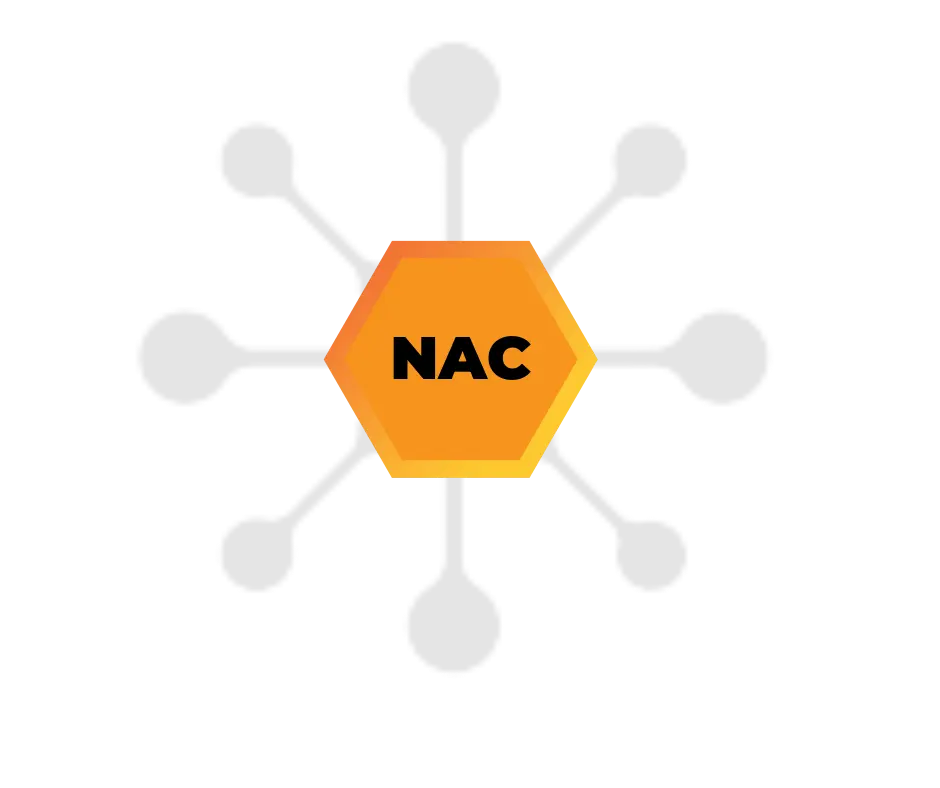
N-acetylcysteine
N-acetylcysteine (NAC) is an organic chemical compound containing a thiol group, which is important for many biochemical processes in the body. It is widely used in both medicine and dietary supplementation for its various health benefits. Such as supporting respiratory health, protecting the liver, detoxifying, supporting kidney function, reducing homocysteine levels, supporting immune function, and reducing symptoms of chronic diseases.
- All products from N-acetylcysteine

N-acetylcysteine in metal detox
N-Acetylcysteine (NAC) is a chemical compound containing a thiol group, which enables it to bind heavy metals. It acts as an antioxidant and boosts the immune system to help detoxify the body. In addition, NAC can help relieve inflammation, support respiratory health, improve liver function and help lower blood cholesterol levels.
- All products from N-acetylcysteine
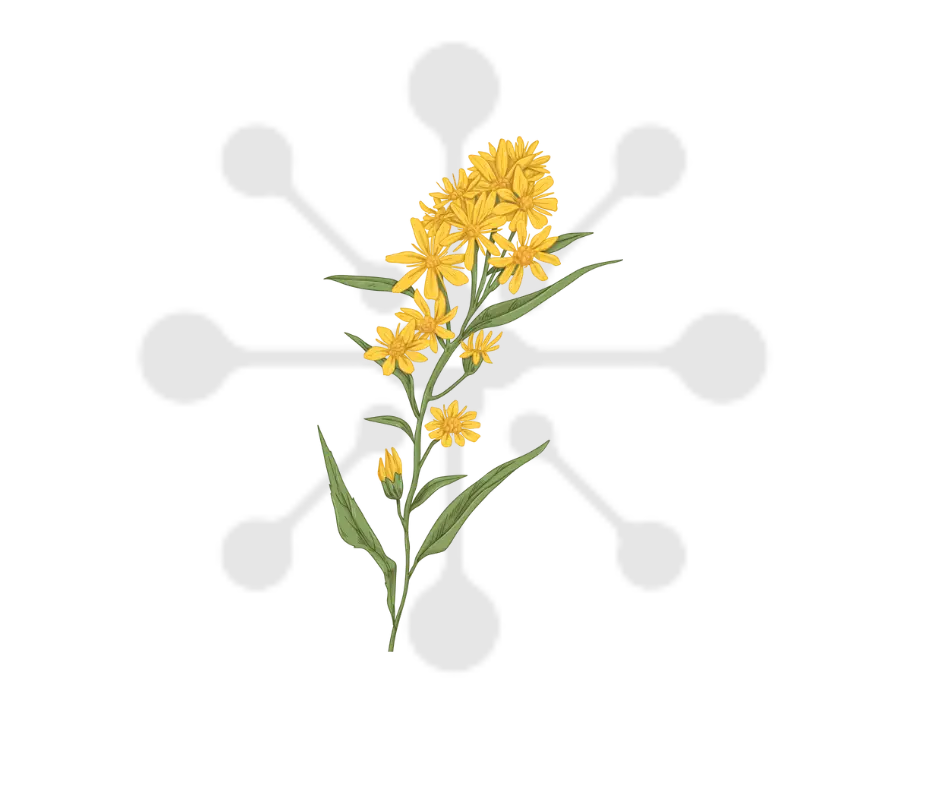
goldenrod
Common goldenrod (Solidago virgaurea), also known as "golden rod," is a plant in the aster family. It is found in Europe, Asia and North America, although it is particularly common in temperate regions of Europe.
The main active components of goldenrod are flavonoids, saponins, phenolic glycosides, organic acids and tannins.
Common goldenrod exhibits health-promoting properties, mainly due to its diuretic and anti-inflammatory effects. It is traditionally used to treat urinary tract infections, cystitis, relieve inflammation of the urinary tract and in kidney stones. Its antimicrobial properties may contribute to fighting infections. In addition, goldenrod can be used to support digestive processes, relieve joint pain and as a support in the treatment of cardiovascular diseases (lowers blood pressure). It also has anticoagulant and blood vessel sealing properties.
The goldenrod also cleanses toxins by binding harmful substances and facilitating their excretion from the body.
- All products from goldenrod

goldenrod in metal detox biotic
Common goldenrod contains flavonoids, tannins, saponin, phenolic acids and mineral salts. It has anti-inflammatory, antibacterial, antifungal, astringent, diuretic, antioxidant, accelerates wound healing, and aids in the removal of heavy metals from the body. In addition, goldenrod supports the health of the kidneys and urinary tract, improves digestion and supports detoxification of the body.
- All products from goldenrod

goldenrod in nephro-care biotic
The ground parts of goldenrod have long been used for urinary tract diseases and as an anti-inflammatory.
They are mainly used in kidney disorders, urinary tract infections, bladder and prostate diseases.
Studies have found diuretic properties of goldenrod. The fraction of flavonoids contained in the plant increases urinary excretion by about 88%.
- All products from goldenrod
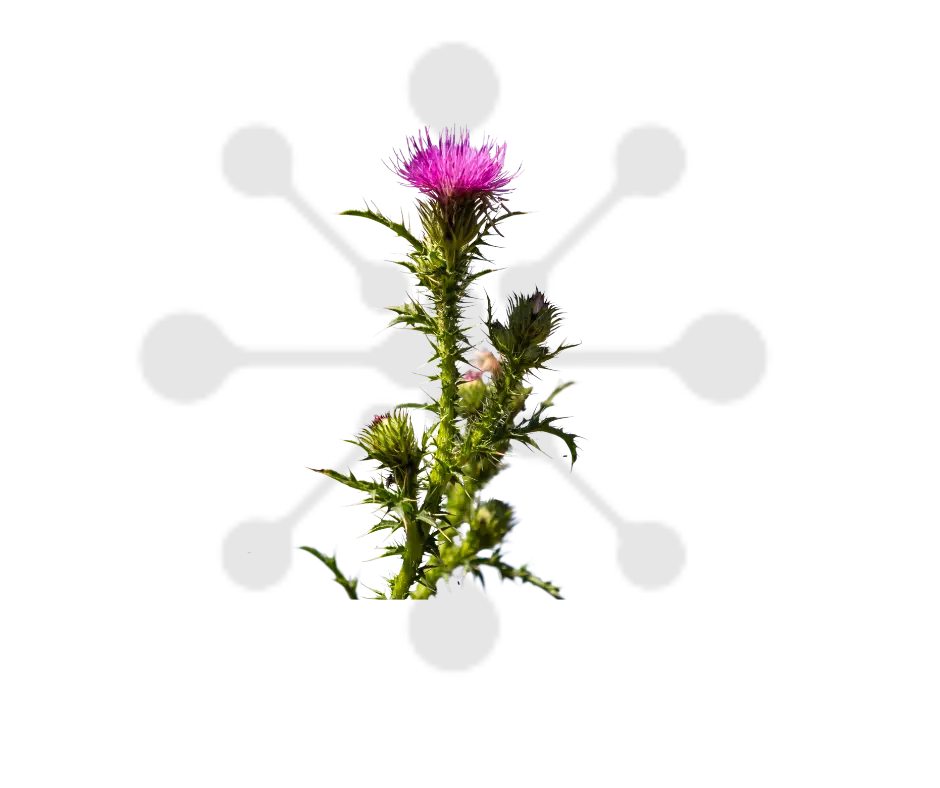
thistle
Milk thistle (Silybum marianum), is a plant of the asteraceae family, mainly native to areas of Europe, Asia and Africa.
Thistle fruits are mainly rich in silymarin, which is a complex of several substances with strong antioxidant activity (including silybin, isosilybin, silydianin, silycristine and sylchrysin). Other biologically active substances contained in the fruits of thistle include among others.: quercetin, phytosterols, tannins, mucilages, organic acids and vitamin C. The active substances of thistle support liver regeneration and help protect the liver from toxins. In addition, thistle can support digestive processes, especially the production of bile, which has a beneficial effect on the absorption of nutrients. It also exhibits anti-inflammatory, detoxifying and immunomodulatory effects. In addition, it is indicated that it has neuroprotective, anti-atherosclerotic properties (reducing the level of "bad" cholesterol in the blood) and protects the kidneys from toxins and steatosis.
- All products from thistle

spotted thistle in diabetic-care biotic
In addition to its beneficial effects on the liver, the active ingredients of milk thistle also contribute to better glucose metabolism, thus helping to maintain normal blood sugar levels. Studies have also observed that regular use of thistle improves tissue sensitivity to insulin.
Thus, silymarin may act similarly to some diabetes drugs.
- All products from thistle

Milk thistle in METAL DETOX
Milk thistle contains silymarin, which protects liver cells from damage and stimulates liver regeneration. It has a chelating effect and strengthens the immune system, helping to detoxify the body. In addition, spotted thistle can help relieve digestive discomfort, lower cholesterol, improve memory function and support skin health.
- All products from thistle
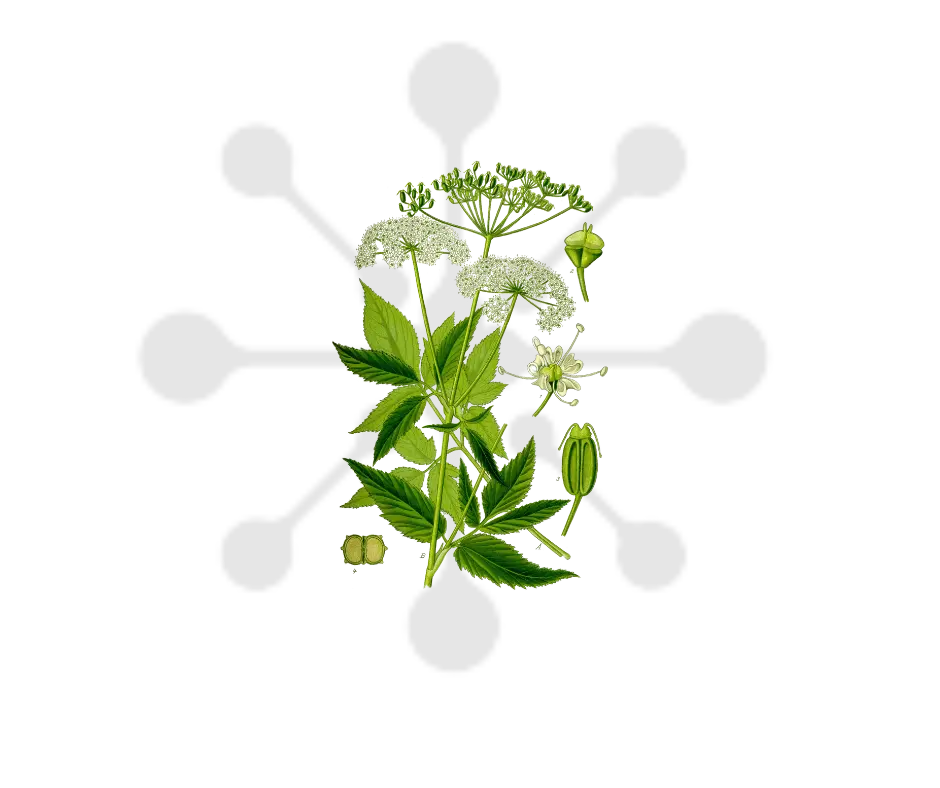
gout
Podagricorn (Aegopodium podagraria), is a plant native to Europe and Asia, growing in woodlands, meadows and gardens (as a weed). It is traditionally used in herbal medicine for a variety of purposes, including relieving inflammation, improving digestive function, fighting bacterial infections and cleansing the body.
The main active constituents of gout are flavonoids, polyacetylenes, phenolic compounds, essential oils, as well as mineral salts and vitamins C and E.
It exhibits a number of health-promoting properties, such as anti-inflammatory, anti-rheumatic, antimicrobial, antioxidant, diuretic and detoxifying and deacidifying effects. It also aids digestion and improves metabolism.
- All products from gout

gout in alkaline biotic
Gout has powerful alkaline, cleansing and detoxifying properties, making it a valuable remedy in the context of eliminating excess acids from the body.
- All products from gout

gout in flexi-care biotic
Due to its anti-inflammatory, anti-rheumatic, antimicrobial and deacidifying effects, the plant is mainly used in the treatment of rheumatic diseases, gout and sciatica. The leaves of gout can also be a valuable source of antioxidants and support the prevention and treatment of conditions caused by oxidative stress.
- All products from gout
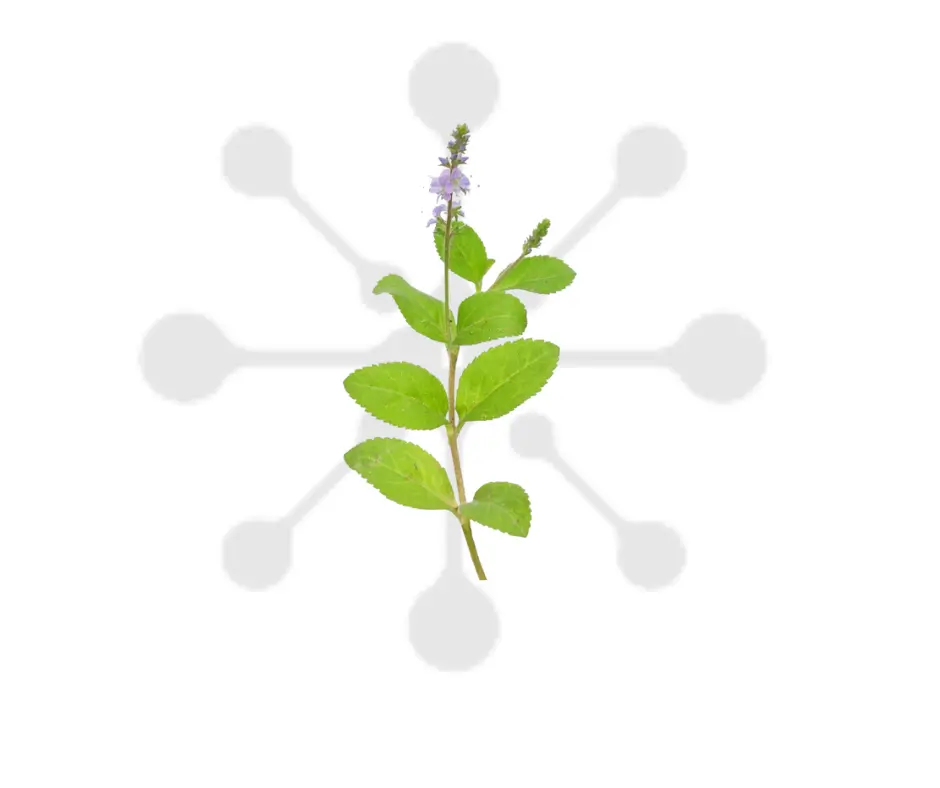
forest fern
Forest fennel (Veronica officinalis), is a plant with many health-promoting properties and a high content of biologically active substances. It is native to Europe, Asia and North America. The main active constituents of forest fistula are flavonoids, glycosides, phenolacids, saponins, mineral salts and vitamins.
Wood Thistle is used to treat dry cough, throat irritation, hoarseness, and urinary tract diseases such as cystitis, kidney or urinary tract inflammation. In addition, it is used for conditions that include systemic inflammation, mainly pain caused by rheumatism and arthritis.
- All products from forest fern

forest fistula in nephro-care biotic
Common fistula is primarily known for its anti-inflammatory and analgesic properties. The fistula herb improves the secretion of sweat, urine, nitrogenous compounds and other harmful metabolic products. Its use therefore helps remove toxins and excess water from the body. Due to these valuable properties, fistula is used supportively in cases of kidney failure.
- All products from forest fern
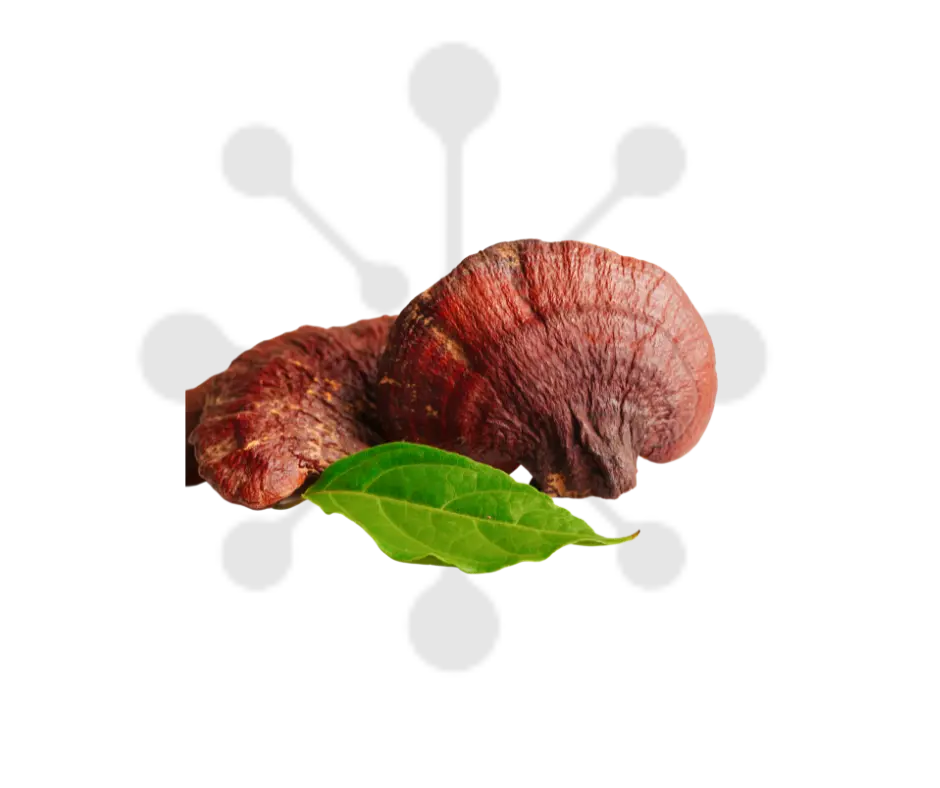
reishi
Yellow lacewing (Ganoderma lucidum), is a species of fungus known as reishi, growing on all continents except Antarctica. It is quite rare in Europe. It most often grows in moist places near riverbanks. It is classified as an adaptogen and is widely used for its potential health-promoting benefits.
Reishi contains many active ingredients, including polysaccharides, triterpenoids, peptides, sterols, fatty acids, vitamins and minerals.
It is mainly used to strengthen the immune system. It exhibits anti-cancer properties, can benefit heart health and regulate blood sugar levels. Active substances contained in reishi mushrooms restore the body's homeostasis, normalize the work of many organs, help cope with stress and make it easier to fall asleep.
- All products from reishi

reishi in diabetic-care biotic
Research suggests that certain compounds found in the reishi mushroom, due to their effects on the regeneration and proliferation of pancreatic beta cells, can lower blood sugar levels and promote sugar metabolism in the body. In particular, the compounds of polysaccharides, proteoglycans, proteins and triterpenoids have received attention. Reishi may also either prevent or inhibit the progression of diabetic renal complications.
- All products from reishi

reishi in sleep-care biotic
Substances in reishi mushrooms have a mild sedative effect and strengthen the body from within, making it more resistant to stress. Reishi make it easier to fall asleep and can help maintain quality sleep.
It was shown in a study that three days of reishi mushroom use significantly increased total sleep time, including the REM sleep phase. An increase in the level of the cytokine TNF-alpha, which is considered, among other things, a key sleep regulator, was observed.
- All products from reishi

riboflavin (vitamin b2)
Riboflavin (vitamin B2) contributes to the maintenance of normal energy metabolism. It is essential for converting nutrients such as carbohydrates, fats and proteins into energy. It plays an important role in the normal functioning of the nervous system by supporting the synthesis of neurotransmitters and maintaining healthy nerve cell structure.
- All products from riboflavin (vitamin b2)

riboflavin (vitamin b2) in focu-cha biotic
Riboflavin contributes to the reduction of feelings of fatigue and tiredness and to the maintenance of normal energy metabolism.
- All products from riboflavin (vitamin b2)

riboflavin (vitamin b2) in post-dial biotic
Riboflavin contributes to the reduction of feelings of fatigue and tiredness and to the maintenance of normal energy metabolism.
- All products from riboflavin (vitamin b2)
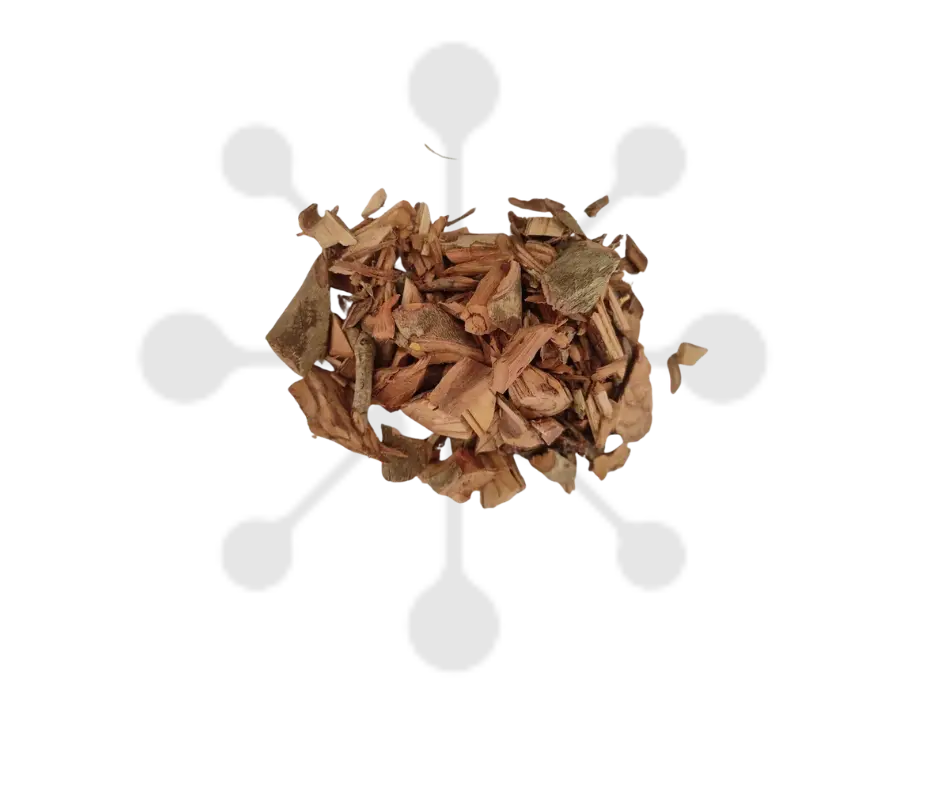
salacia reticulata
Kothala (Salacia reticulata), is an herb native to India and Sri Lanka. It has a long history of use in traditional Ayurvedic medicine.
Active ingredients in this plant include mangiferin, salacenol, cotalanol.
Its health-promoting properties include regulating blood sugar levels, easing asthma symptoms, relieving joint pain, improving digestive function and supporting the treatment of menstrual problems. It has anti-inflammatory and antioxidant properties, which helps fight cardiovascular disease. Regular consumption of Salacia Reticulata extract can also help maintain a healthy body weight, which is especially important if you are obese.
- All products from salacia reticulata

salacia reticulata in diabetic-care biotic
The plant has the ability to block carbohydrate-digesting enzymes, affect insulin sensitivity and reduce body fat. Consuming kothala with each meal can lower glycated hemoglobin HbA1C in people with type 2 diabetes. A single dose of salacia combined with a meal is reported to reduce postprandial insulin levels and blood sugar in both healthy people and those with type 2 diabetes. This effect indicates better blood sugar control.
- All products from salacia reticulata
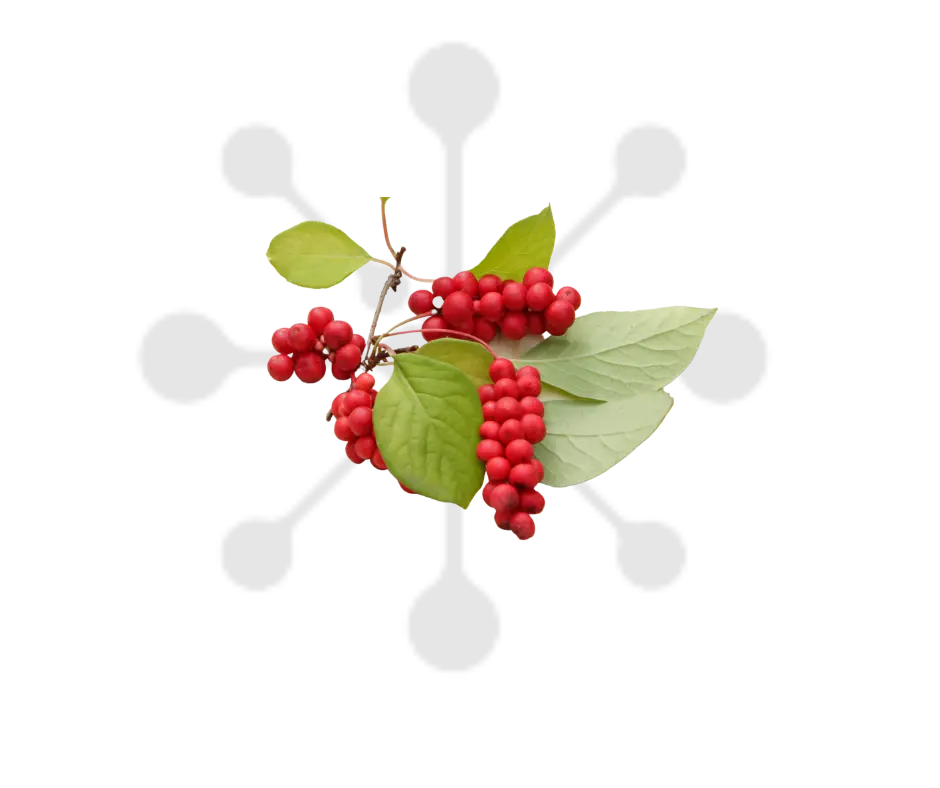
schisandra
Chinese citronella (Schisandra chinensis) is a plant mainly native to East Asia, especially areas of China and Russia.
Its red fruit has been used in traditional Chinese medicine for centuries for its potential health-promoting properties. Schisandra is classified as an adaptogen, meaning that it can help the body adapt to various stressors, both physical and mental.
The main active ingredients contained in schisandra are lignans (including schizandrins (A, B and C), schizandroles, schizanterins and gomisins), which exhibit antioxidant activity, protecting the body from oxidative stress. Citrus also contains essential oils, dicarboxylic acids, pectin, phytosterols, phospholipids, carotenes, tocopherols, catechin tannins, cyclic dipeptides, triterpene saponins, as well as minerals and vitamins.
Citronella has immunomodulatory, antiviral and antimicrobial effects, and can also relieve inflammation and exhibit beneficial effects on the respiratory system. What's more, it supports the cardiovascular system, as it can improve blood flow, helps deliver oxygen to cells and has a vasodilatory effect on blood vessels. In addition, it supports liver function and facilitates cleansing of the body. Studies show that citronella extract reduces the level of perceived fatigue. The high content of flavonoids in Chinese citronella contributes to lower insulin resistance and better regulation of blood glucose levels. The fruit also has anticancer potential, especially for intestinal and liver cancer.
- All products from schisandra

schisandra in focu-cha biotic
It has been used for centuries to increase endurance. Thanks to its properties, it can improve physical performance by increasing energy and reducing feelings of fatigue. It also helps avoid mental fatigue and increases mental performance. Citronella can also help with anxiety and stress, as well as strengthen the body's defense mechanisms, thanks to its adaptogenic properties. Its antioxidant effects are also invaluable.
- All products from schisandra

schisandra in immuno-care biotic
As an adaptogen, citronella strengthens the body's resistance to infection, especially under chronic stress. Citronella fruit extracts have an antibacterial effect on a range of gram-positive and gram-negative bacteria. Moreover, it has anti-inflammatory and antiviral properties. It also has a positive effect on the respiratory system, cleansing the airways and strengthening the body's resistance to harmful substances in the inhaled air.
- All products from schisandra

sodium
Sodium regulates water and electrolyte balance. It is a key ion in maintaining proper fluid balance in the body. Plays an important role in regulating blood pressure. Necessary for the proper functioning of the nervous system by participating in the conduction of electrical impulses.
- All products from sodium

sodium in alkaline biotic
By regulating water and electrolyte balance, it is a key ingredient in maintaining the body's homeostasis.
- All products from sodium
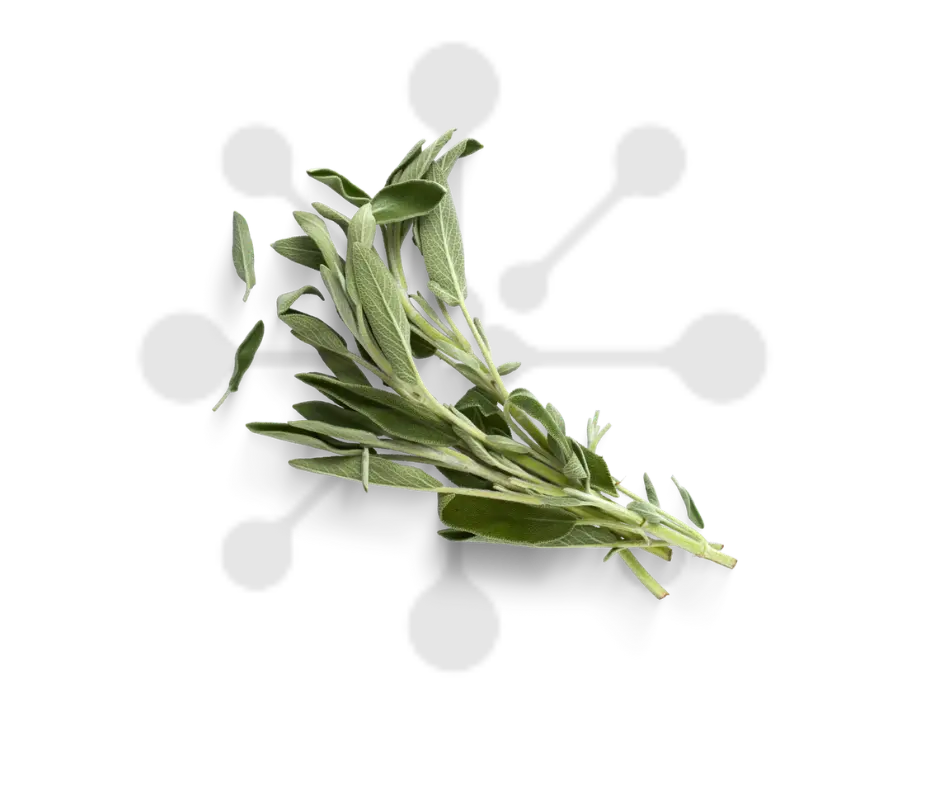
sage
Sage (Salvia officinalis), is a plant native to Mediterranean areas, although it is now grown around the world.
It is valued for its numerous health-promoting properties. It contains essential oils, tannins, saponins, flavonoids, terpenes, carotene, vitamins, resinous compounds and organic acids (including rosmarinic acid).
The main active ingredients in sage are substances that work to improve cognitive function, mainly by inhibiting acetylcholinesterase. As a result, sage improves working memory, reaction time and reduces the sensation of fatigue. It's worth noting that its effect on improving memory and concentration takes place without stimulating catecholamines such as epinephrine, norepinephrine or dopamine, which means that sage does not stimulate in a way similar to caffeine or coffee.
Its properties make it often used to improve mental performance, especially during periods of intense learning or mental exertion, improving concentration and alertness.
- All products from sage

sage in focu-cha biotic
Sage improves cognitive function (working memory), reaction time and reduces the sensation of fatigue. This action takes place by inhibiting acetylcholinesterase. The mechanism of stimulation of the body is therefore different from that of caffeine-containing preparations. Thus, the combination of these two different modes of action maximizes and prolongs the time of increased productivity, alertness and readiness. This is particularly important in people who need to be permanently focused and make decisions quickly.
- All products from sage

sage in post-dial biotic
Sage improves cognitive function and reduces feelings of fatigue in states of severe mental and physical exhaustion.
- All products from sage

sage in steel durance
Sage improves cognitive function (working memory), reaction time and reduces the sensation of fatigue. This action takes place by inhibiting acetylcholinesterase. The mechanism of stimulation of the body is therefore different from the use of caffeine-containing preparations. As a result, the product can be consumed to maximize and extend the time of increased productivity, alertness and readiness also during the evening hours. This is particularly important for people who need to be permanently focused and make decisions quickly.
- All products from sage
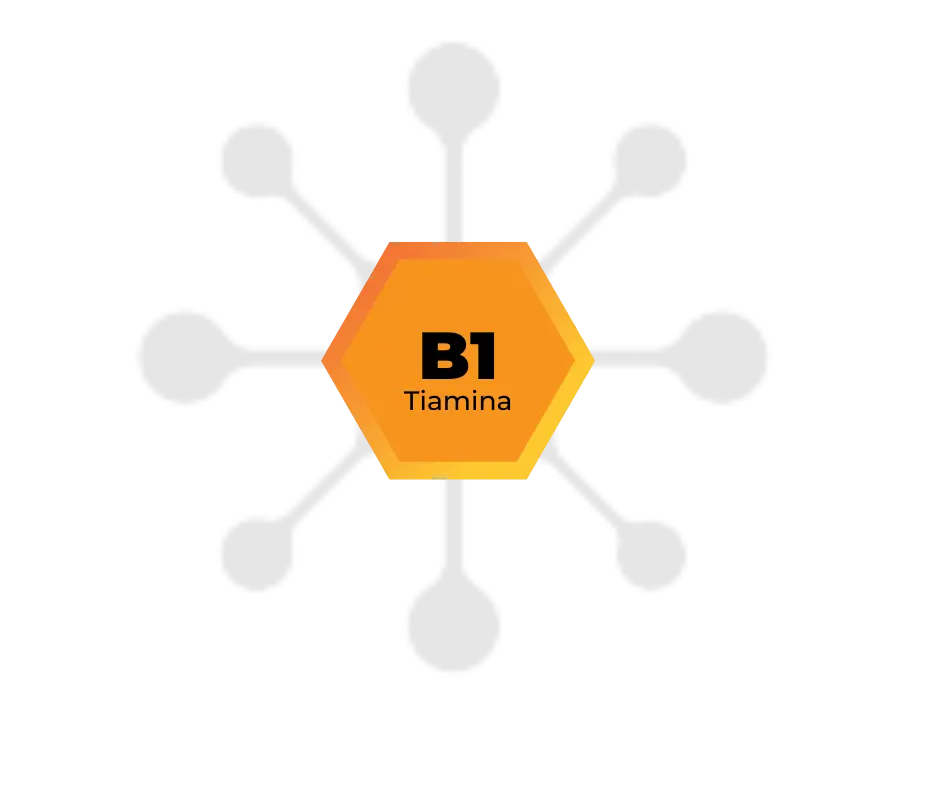
thiamine (vitamin b1)
Thiamine (vitamin B1) contributes to the maintenance of normal energy metabolism and is necessary for the conversion of carbohydrates from food into energy. It plays an important role in the proper functioning of the nervous system. It is also important for the proper functioning of muscles. It helps maintain normal psychological functions.
- All products from thiamine (vitamin b1)

thiamine (vitamin b1) in post-dial biotic
Thiamine helps maintain normal psychological function and nervous system function.
- All products from thiamine (vitamin b1)
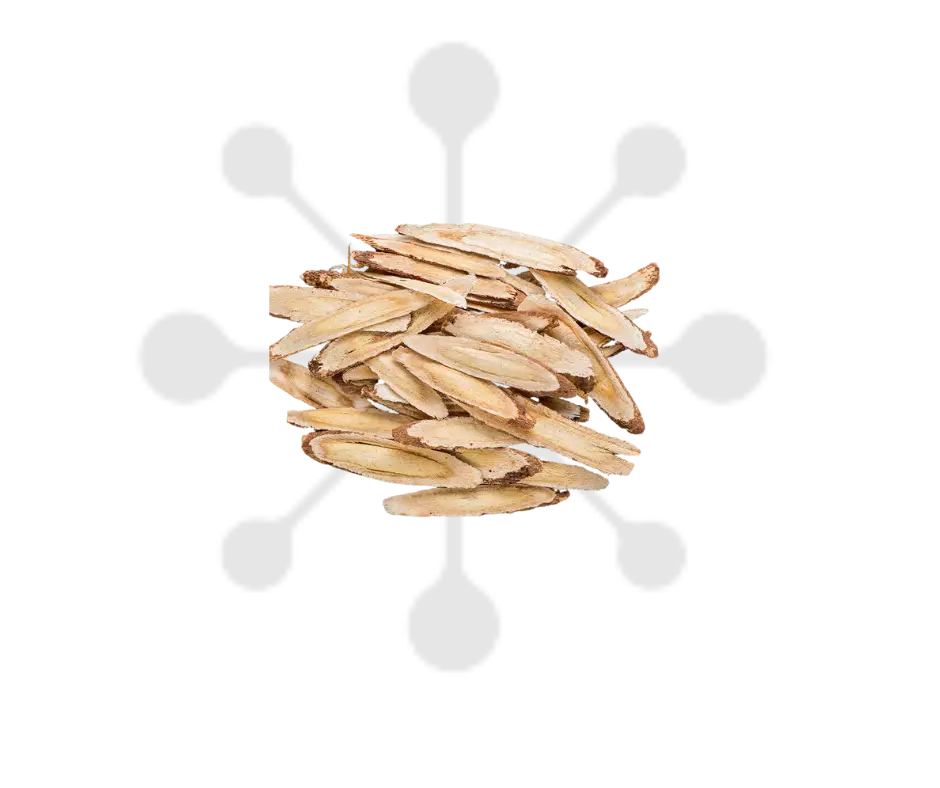
membranous astragalus
Membranous astragalus (Astragalus membranaceus), is a plant commonly used in traditional Chinese as well as Mongolian and Indian medicine for its potential health-promoting properties.
The raw material mainly comes from areas of Asia, especially China, Mongolia and Korea.
The main active components of astragalus responsible for its beneficial properties include: polysaccharides, saponins, flavonoids, amino acids and triterpenoids.
Astragalus is classified as an adaptogen. It has an immunostimulating effect, stimulating the activity of immune cells and increasing their numbers. It is used especially during periods of increased viral and bacterial activity. It strengthens the body's resistance to stress factors and increases its overall endurance. Astragalus also exhibits antioxidant, anti-inflammatory, anti-diabetic, anti-cancer and anti-atherosclerotic activities.
- All products from membranous astragalus

membranous astragalus in nephro-care biotic
Astragalus helps strengthen the immune system and reduce inflammation. It has applications in the treatment of kidney disease. Studies have shown that astragalus has an effect on reducing the amount of protein in the urine. It can also help prevent infections in people with impaired kidney function.
- All products from membranous astragalus
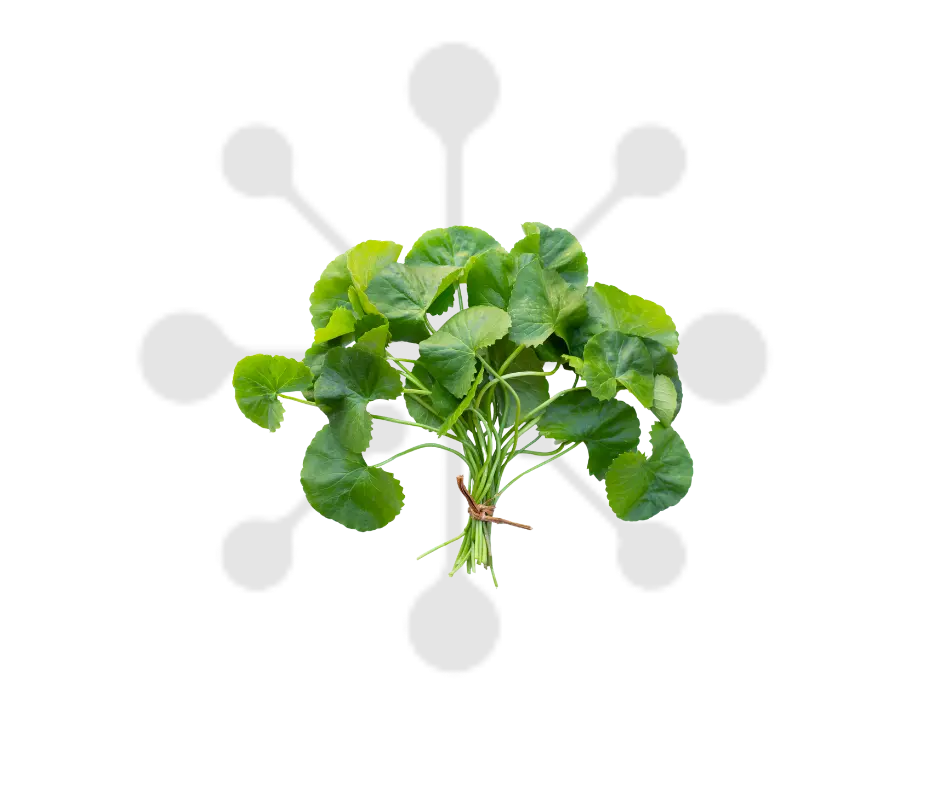
asiatic anthrax
The extract from the herb of Centella asiatica, also known as Centella asiatica, is extracted from a plant in the Apiaceae family. It contains a wealth of active substances such as triterpenoids, flavonoids, phenolic acids, as well as vitamins and minerals. In traditional Asian medicine, Centella asiatica is known for its healing properties and beneficial effects on skin, brain and cardiovascular health.
- All products from anthrax asiatica

Asiatic anthrax in PLASTIC DETOX BIOTIC
The extract from the herb of Centella Asiatica may indirectly affect the elimination of toxins from the body through its anti-inflammatory effects and improved blood circulation. In addition, the active substances in Centella Asiatica may have the ability to neutralize free radicals and damaged cells, which contributes to cleansing the body of harmful substances.
- All products from anthrax asiatica

calcium
Calcium is one of the key minerals found in living organisms, and one of the most important minerals in the human body. It plays a key role in muscle contraction, and is essential for building and maintaining healthy bones and teeth. It plays an important role in nerve transmission, influences the proper functioning of the body's electrolyte balance and regulates blood pH.
- All products from calcium

calcium in alkaline biotic
Calcium builds bone tissue, influences the proper functioning of the body's electrolyte balance and regulates blood pH. It is an alkaline-forming element.
- All products from calcium

calcium in post-dial biotic
Calcium builds bone tissue, influences the proper functioning of the body's electrolyte balance, which is especially important on elimination diets and when fluid supply is reduced.
- All products from calcium
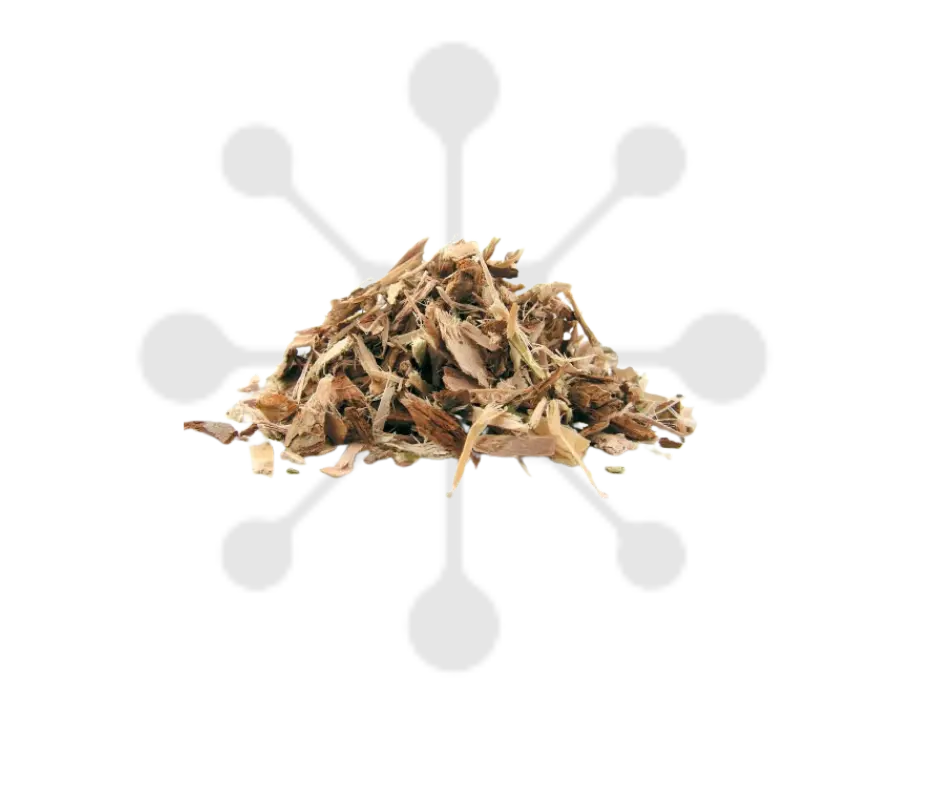
white willow
White willow (Salix alba), also known as the common or silver willow, is mainly native to areas of Europe, Asia and North Africa.
The bark of this tree is used for medicinal purposes mainly because of salicins, which can be converted into salicylic acid in the body. Salicylic acid is a well-known ingredient with analgesic and anti-inflammatory effects. Willow is also rich in many other active substances, such as phenolic glycosides, flavonoids, tannins, tannins, ellagic acid, catechin, mineral salts and resin.
The health-promoting properties of willow bark include relieving pain, reducing inflammation and supporting osteoarticular health. It also acts as an antipyretic, a diaphoretic, antibacterial and astringent. Its use is also recommended for cardiovascular disorders, as it has anti-atherosclerotic, cardioprotective and anticoagulant effects.
- All products from white willow

white willow in flexi-care biotic
Willow bark contains salicin, a substance similar to aspirin (acetylsalicylic acid). Salicin, in combination with the other potent anti-inflammatory compounds contained in the bark, is believed to be responsible for valuable anti-inflammatory, analgesic and antipyretic effects. It is used, among other things, in relieving pain of various origins (including headache, backache, rheumatic or menstrual pain), osteoarthritis, inflammation of tendons and joints, gout or rheumatic fever.
- All products from white willow

vitamin b6
Vitamin B6 contributes to the maintenance of normal energy metabolism, helps in the proper functioning of the nervous system. It positively influences the functioning of the immune system by participating in the production of T lymphocytes. Plays an important role in maintaining normal brain function by participating in the production of neurotransmitters.
- All products from vitamin b6

vitamin b6 in post-dial biotic
Helps the immune system function properly and reduce feelings of fatigue and tiredness.
- All products from vitamin b6
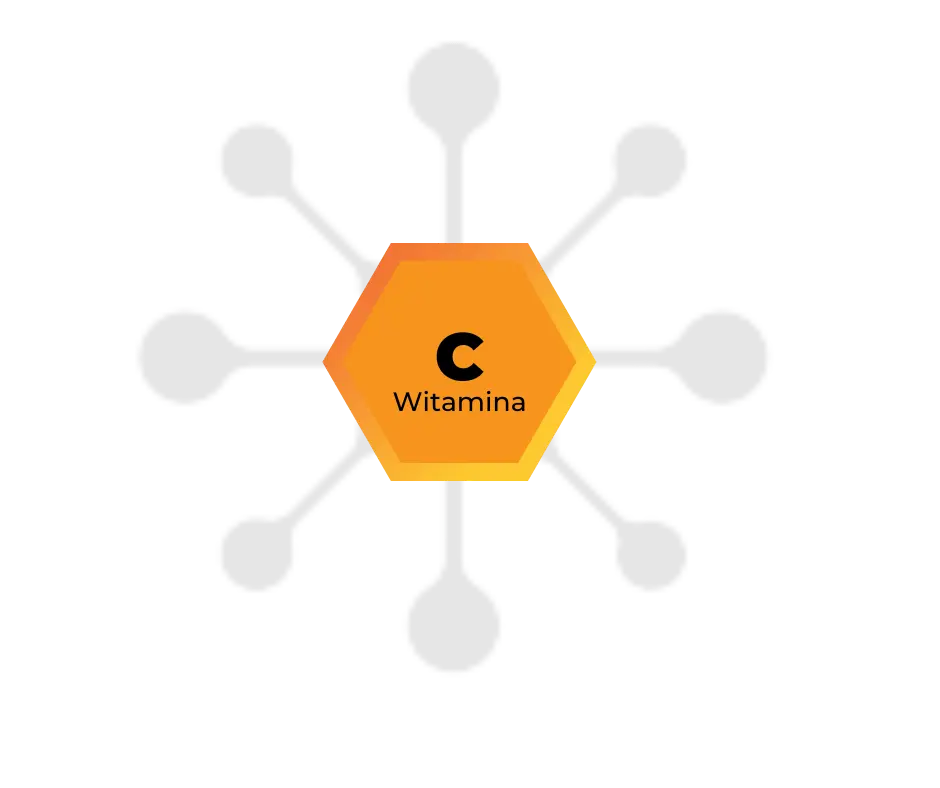
vitamin c
Vitamin C acts as a powerful antioxidant, helping to protect cells from free radical damage. It plays an important role in maintaining the proper functioning of the immune system. It is essential for the synthesis of collagen, the main structural protein in skin, bones, tendons.
- All products from vitamin c

vitamin c in flexi-care biotic
Vitamin C supports the proper production of collagen to ensure the proper functioning of bones and cartilage.
- All products from vitamin c

vitamin c in immuno-care biotic
Vitamin C helps the immune system function properly by stimulating the production of lymphocytes and neutrophils, which are key to fighting infections.
- All products from vitamin c
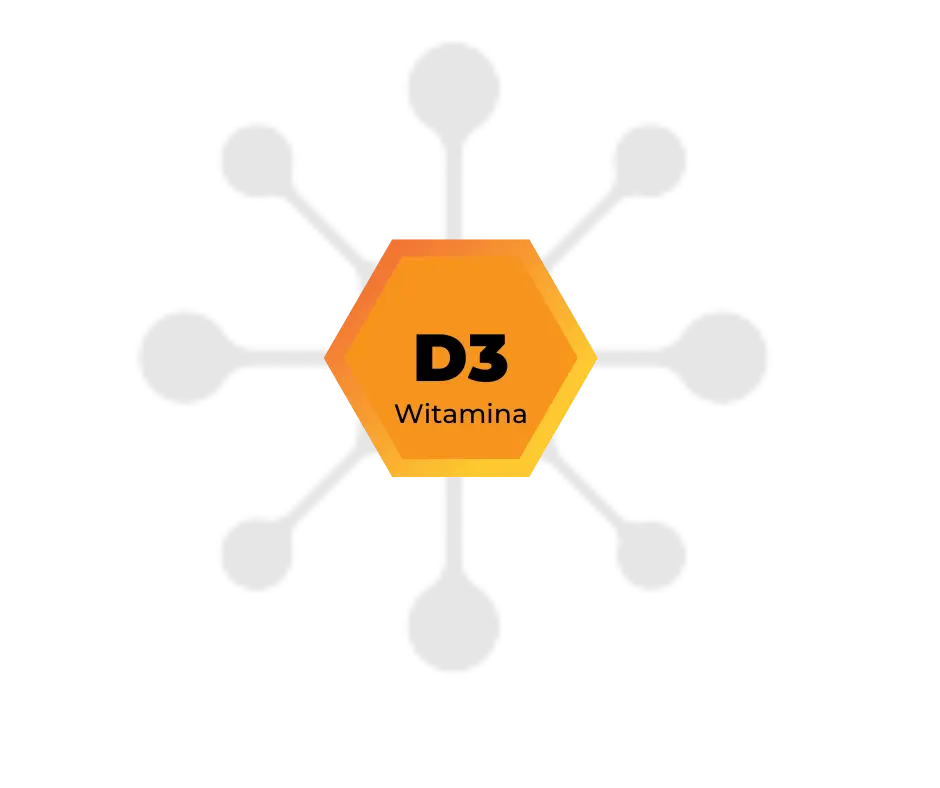
vitamin d3
Its main function is to regulate calcium and phosphorus levels in the blood and maintain bone and tooth health. It assists in the absorption of calcium from the gastrointestinal tract and its transport to the bones. Plays an important role in regulating the function of the immune system, improving the body's ability to fight infections and prevent the occurrence of autoimmune diseases. Influences heart health, brain health and nervous system function.
- All products from vitamin d3

vitamin d3 in d3+k2 chaga biotic
Vitamin D3 regulates the absorption of calcium and phosphorus, which is related to the support and proper functioning of the skeletal system. Participates in the proper functioning of the immune system. Reduces the risk of certain diseases, such as heart disease, May improve mood and relieve symptoms of depression. Reduces the risk of infections and autoimmune diseases.
- All products from vitamin d3
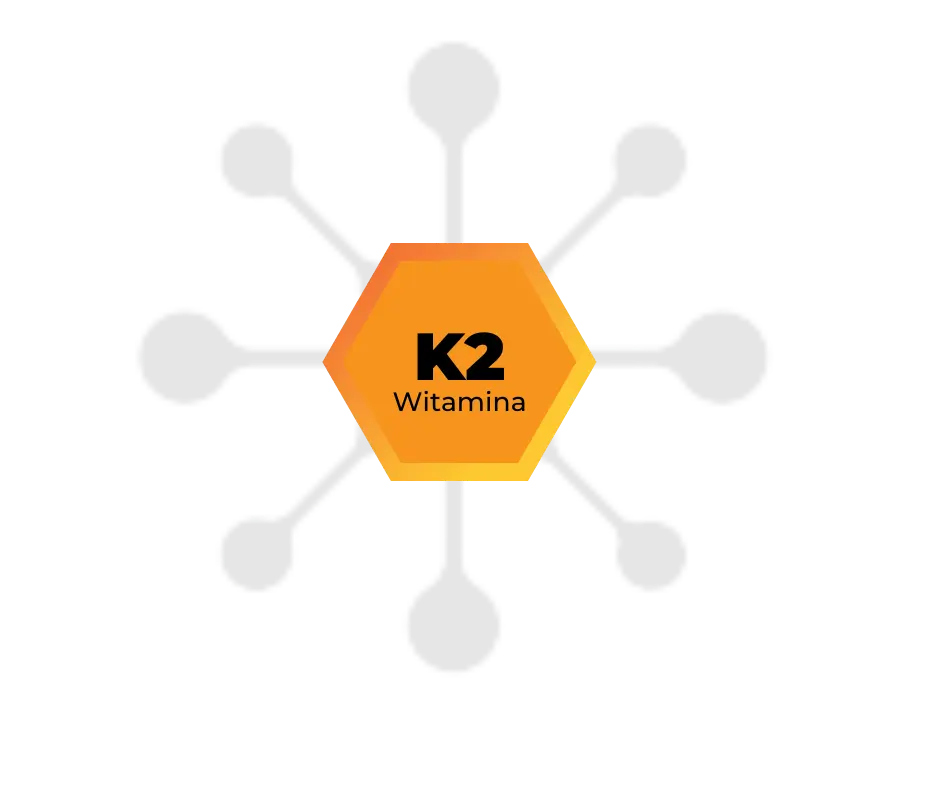
vitamin k2
Vitamin K2 supports bone health. It helps mineralize bones and prevents excessive calcium buildup in soft tissues. May benefit cardiovascular health by reducing calcium deposition in blood vessels. Plays an important role in blood clotting.
- All products from vitamin k2

vitamin k2 in d3+k2 chaga biotic
Vitamin K2 helps maintain healthy bones.
- All products from vitamin k2
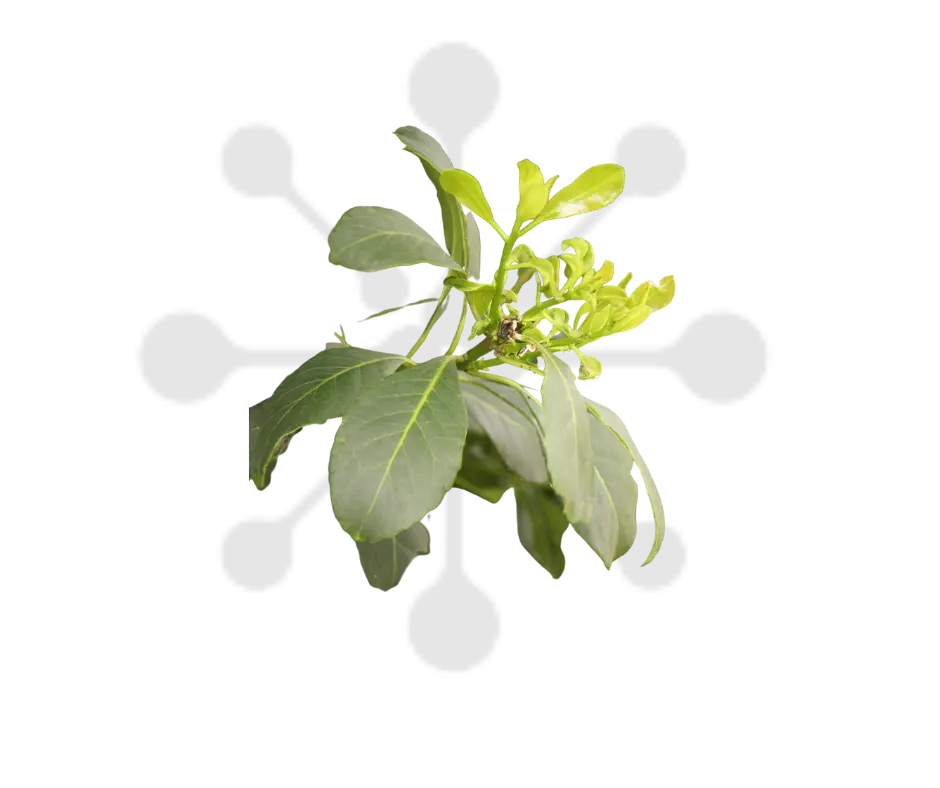
yerba mate
Paraguayan holly (Ilex paraguariensis) known as Yerba Mate grows in areas of South America. It is particularly popular in countries such as Argentina, Paraguay and Uruguay. Among other things, Yerba Mate contains caffeine, theobromine and polyphenols, making it a stimulant, but milder and longer-lasting than coffee. The antioxidants it contains show beneficial health-promoting effects, slowing down the aging process and the development of certain diseases. In addition, yerba mate improves memory and concentration, speeds up metabolism and oxygen uptake by body tissues, which affects thermogenesis and fat oxidation.
- All products from yerba mate

yerba mate in focu-cha biotic
Yerba Mate is known as a tonic for relieving mental and physical fatigue. Its consumption boosts energy without causing nervousness or anxiety. It improves memory and concentration. It accelerates metabolism and oxygen uptake by the body's tissues, so it has a significant effect on various metabolic functions, such as the feeling of satiety, thermogenesis and fat oxidation.
Polyphenols in Yerba Mate exhibit strong antioxidant properties, reducing oxidative stress and the likelihood of diseases caused by it.
- All products from yerba mate

